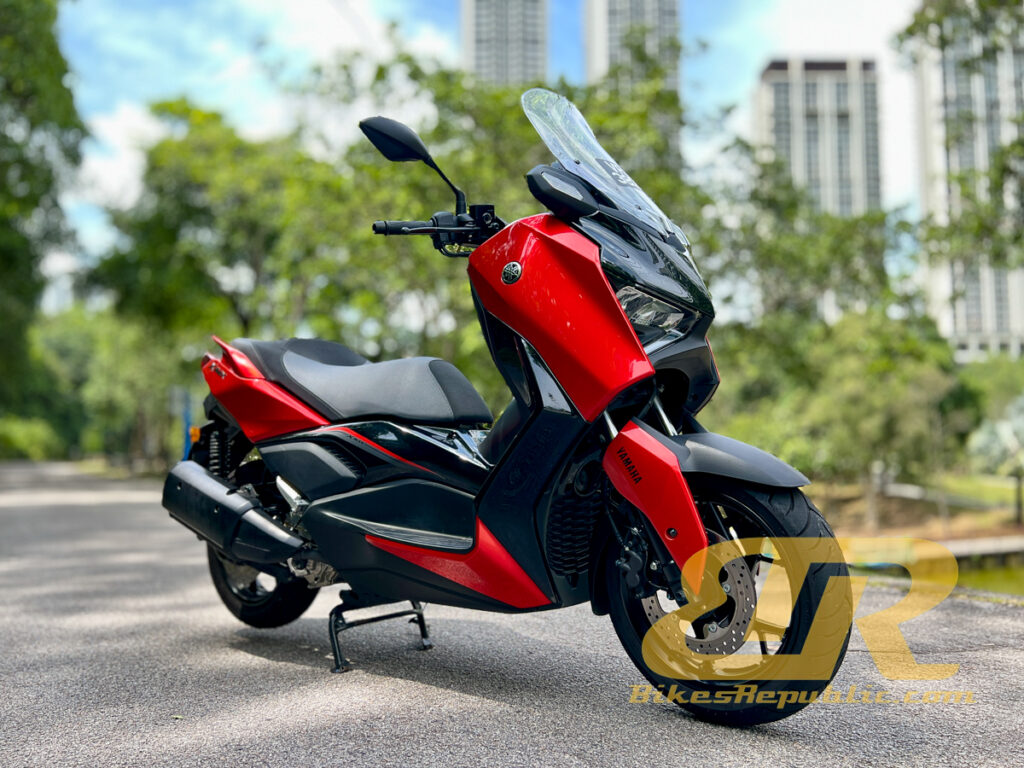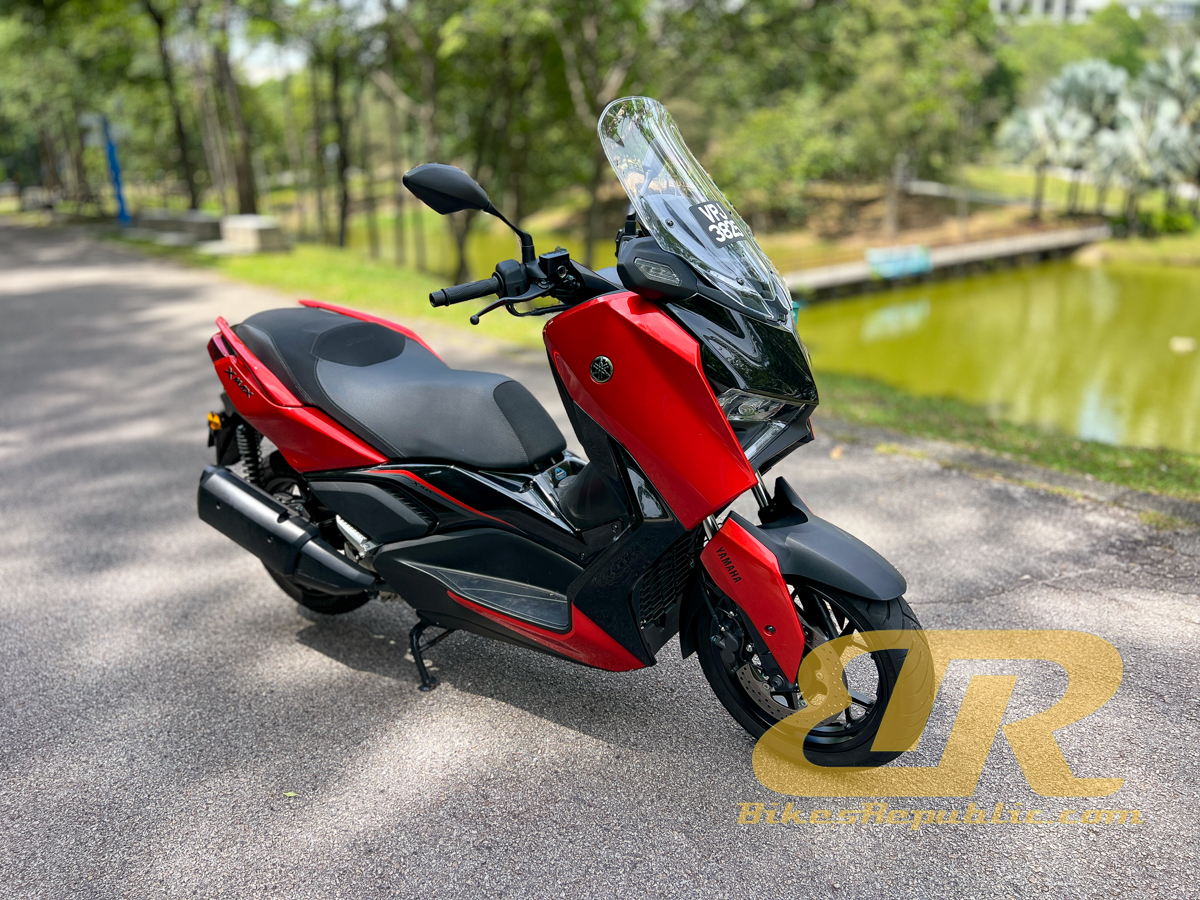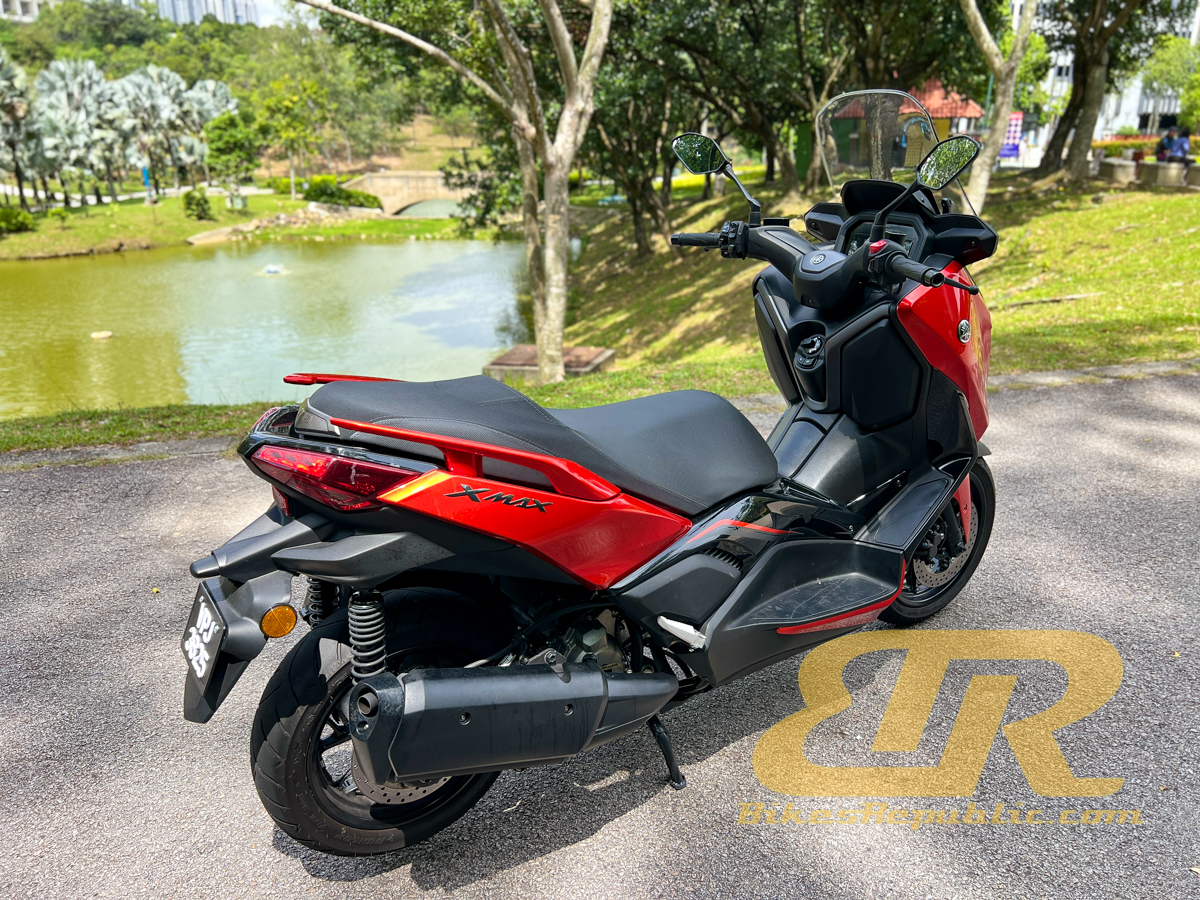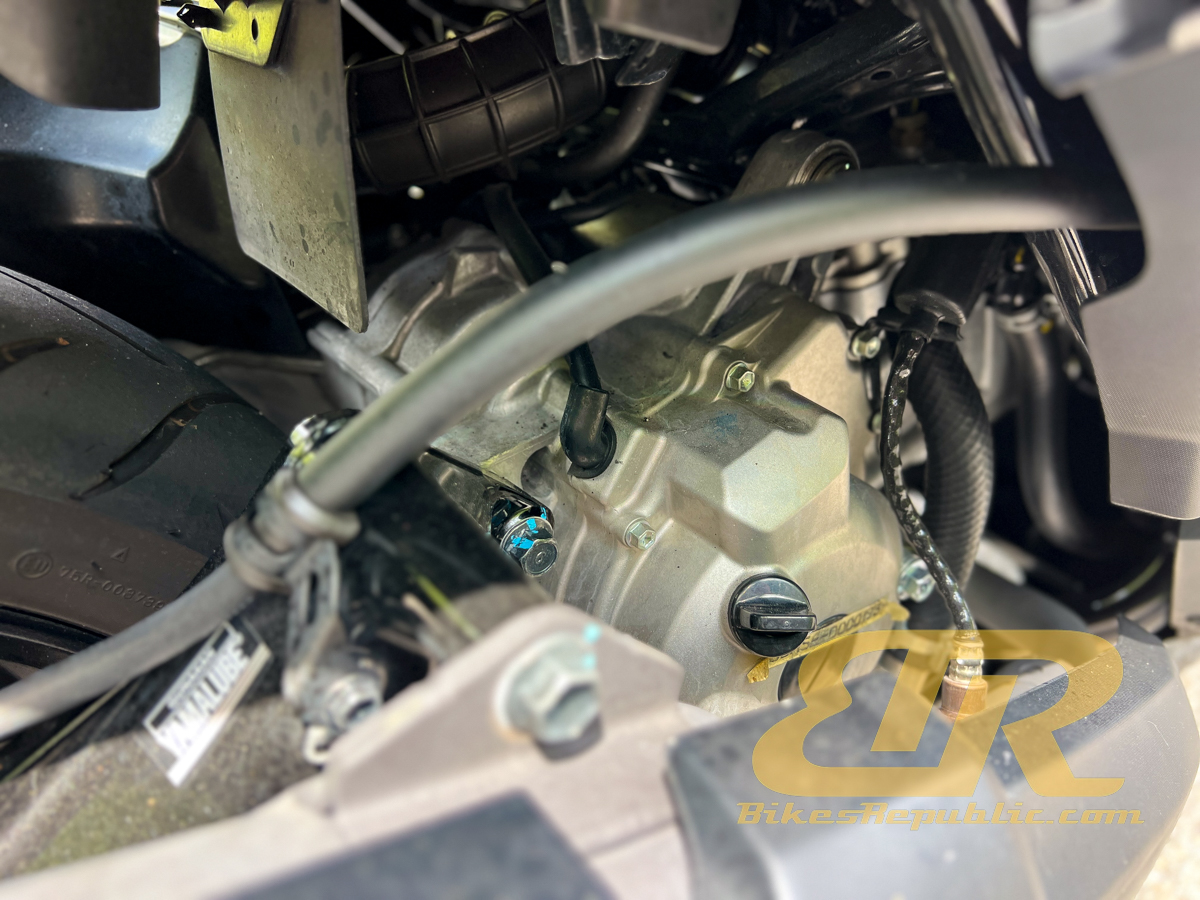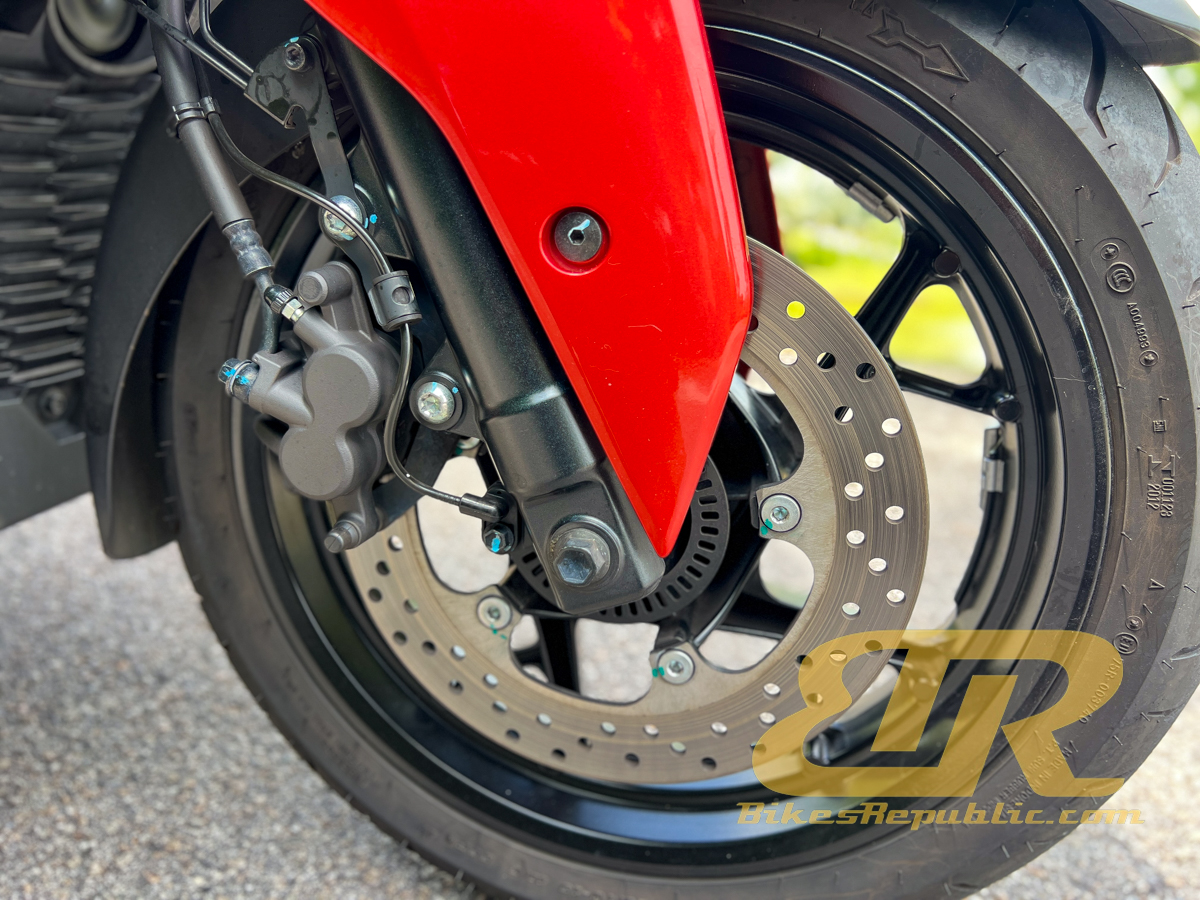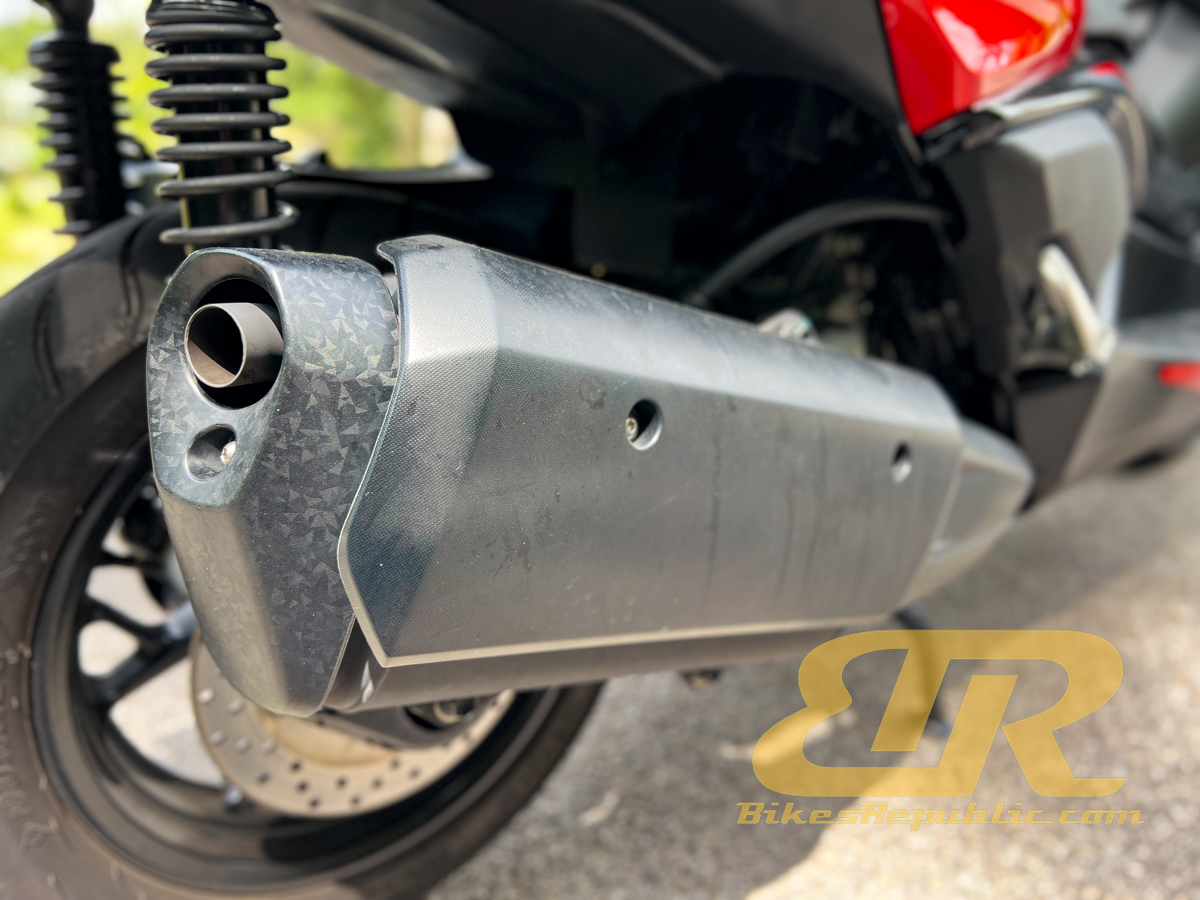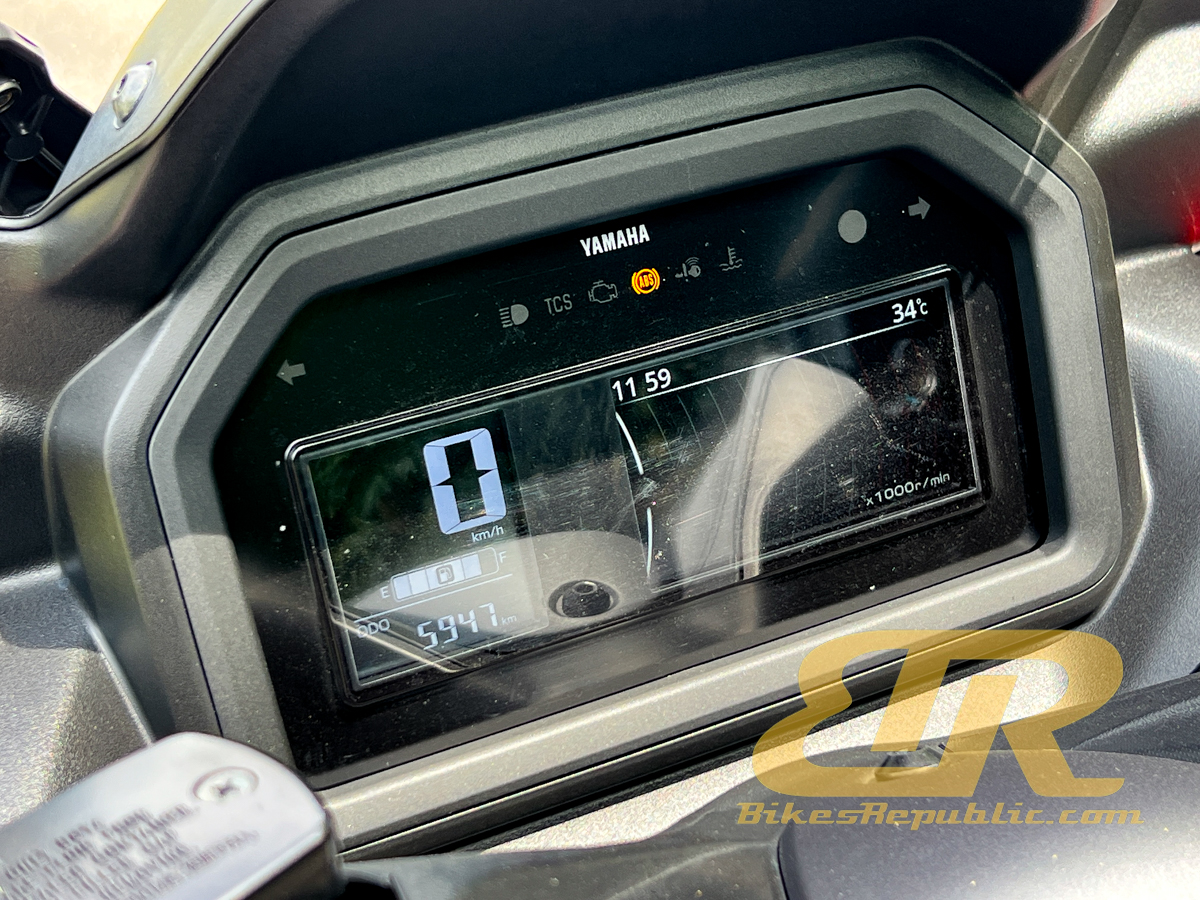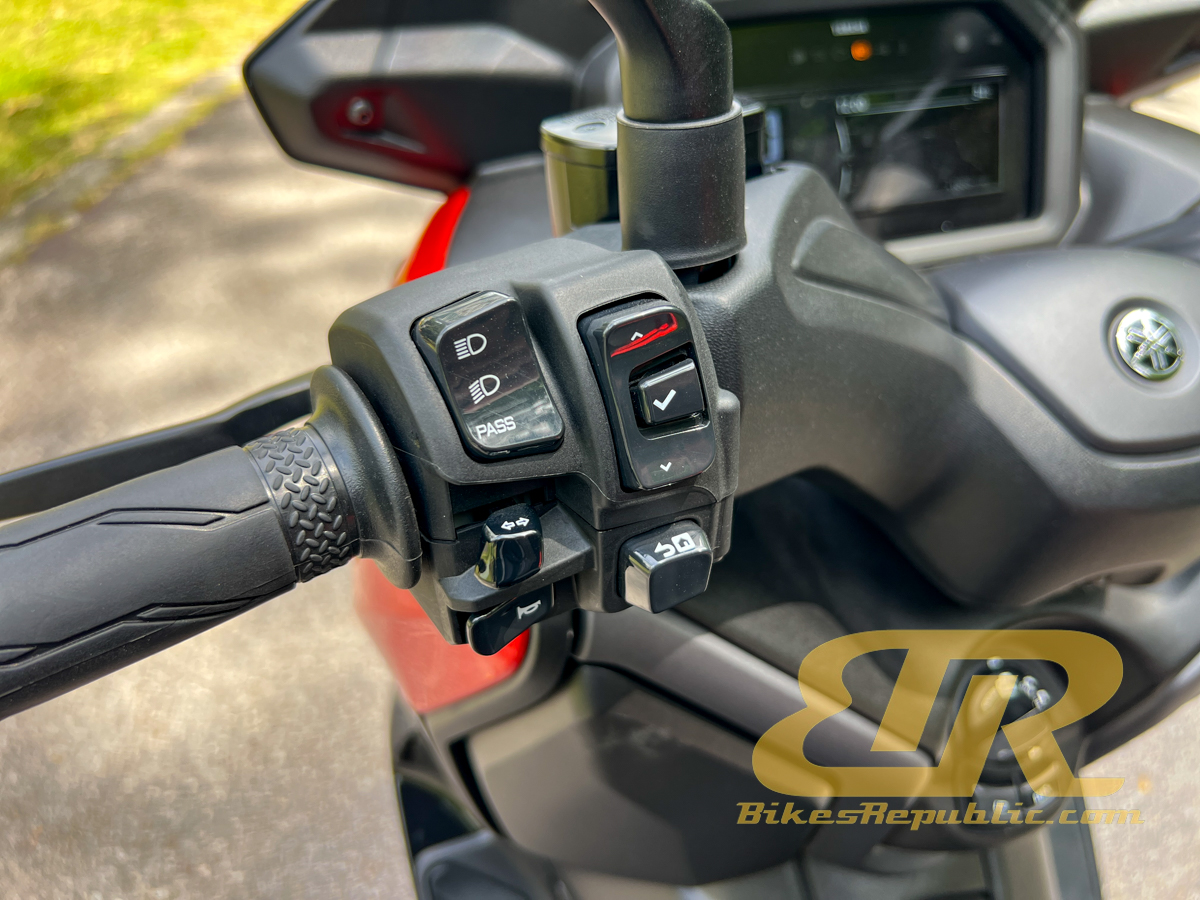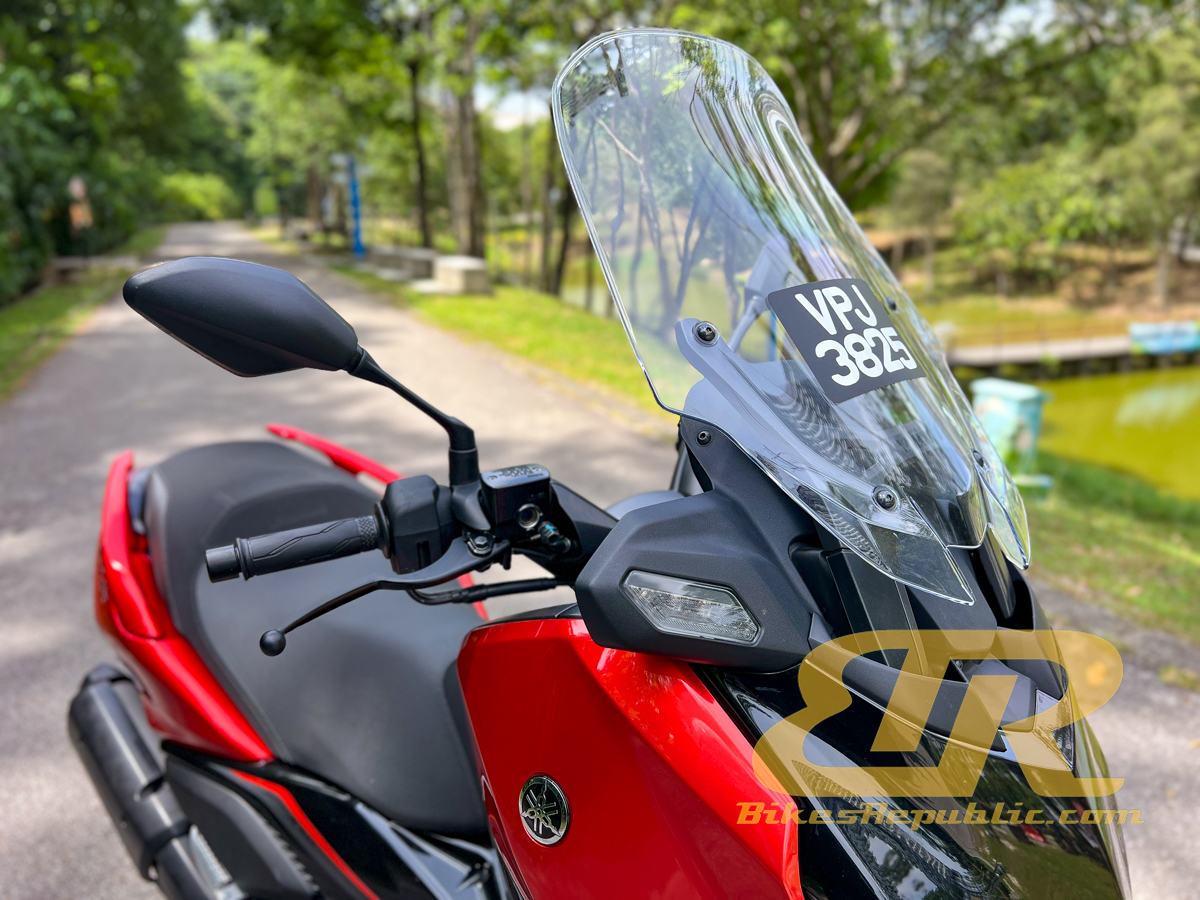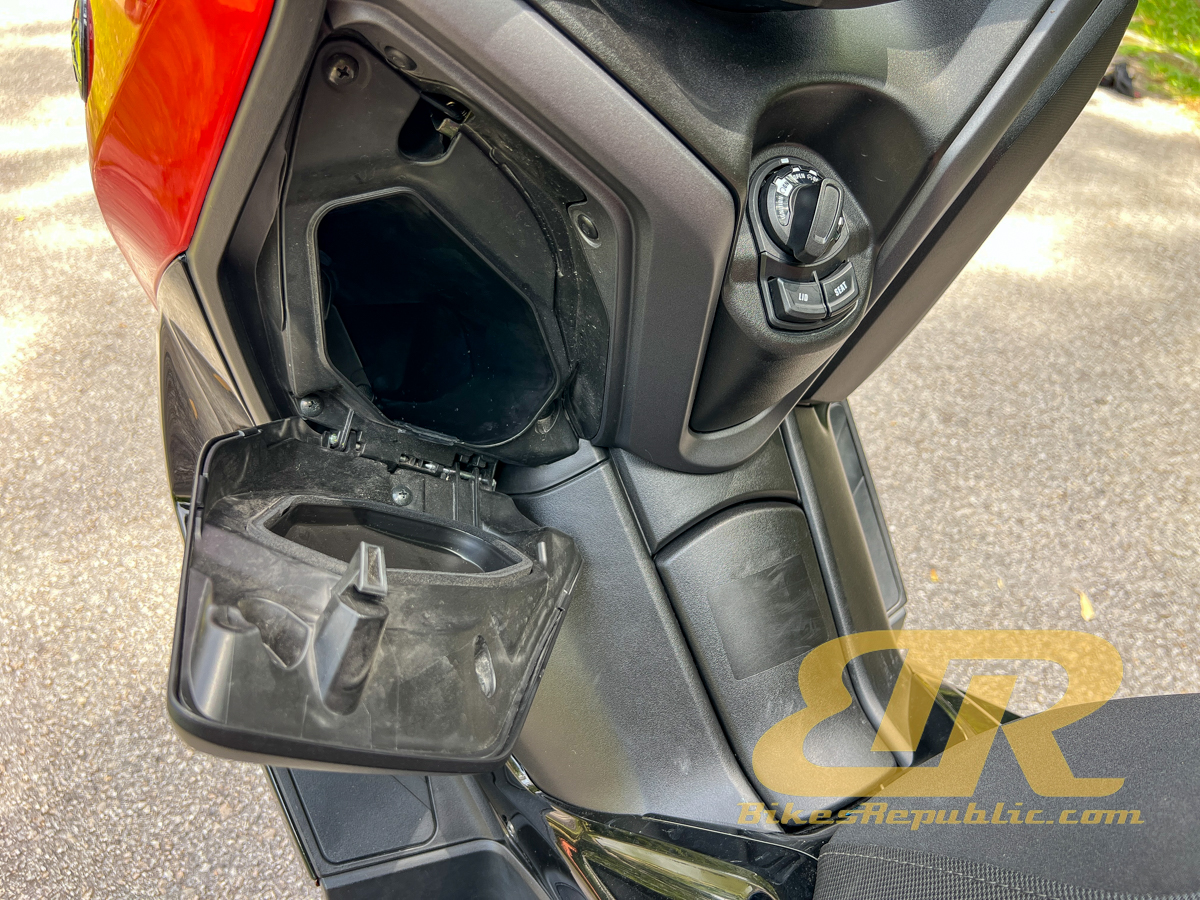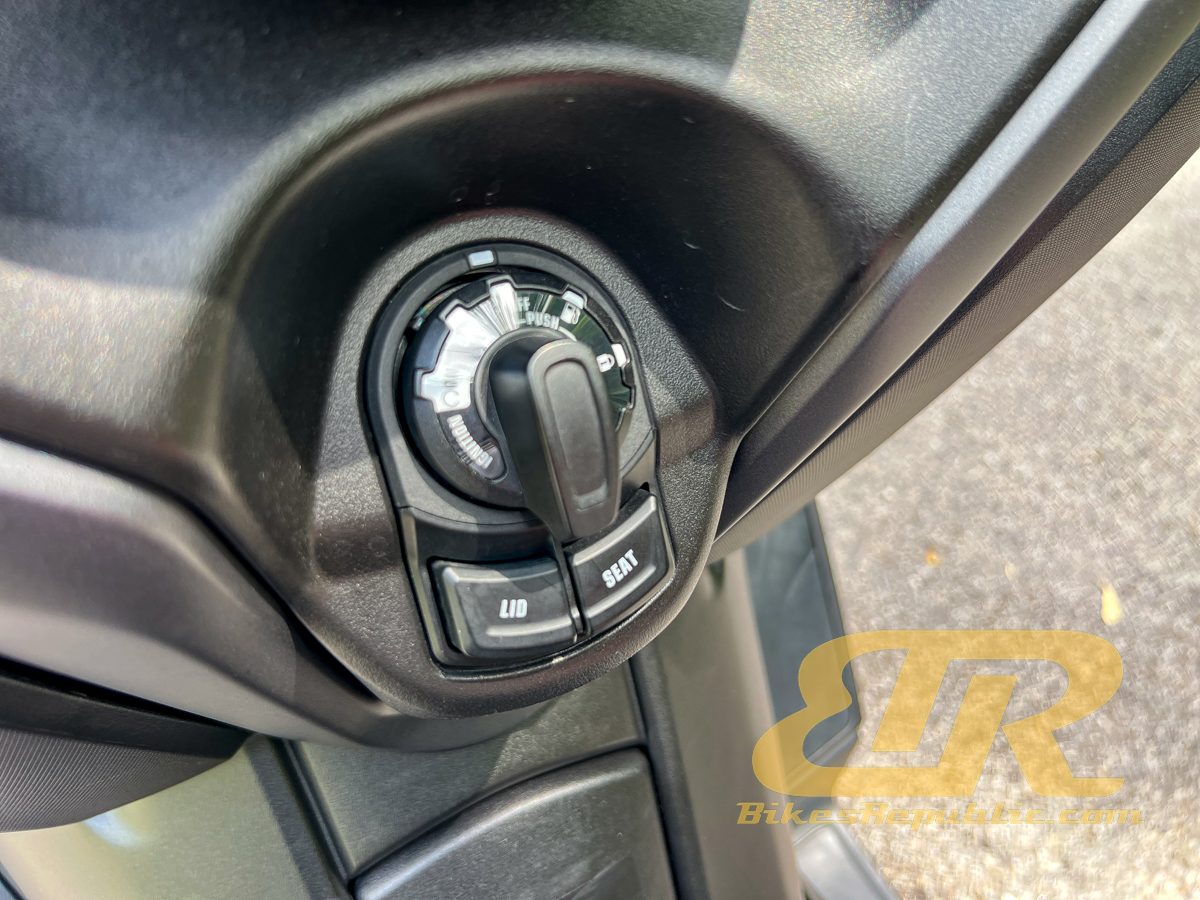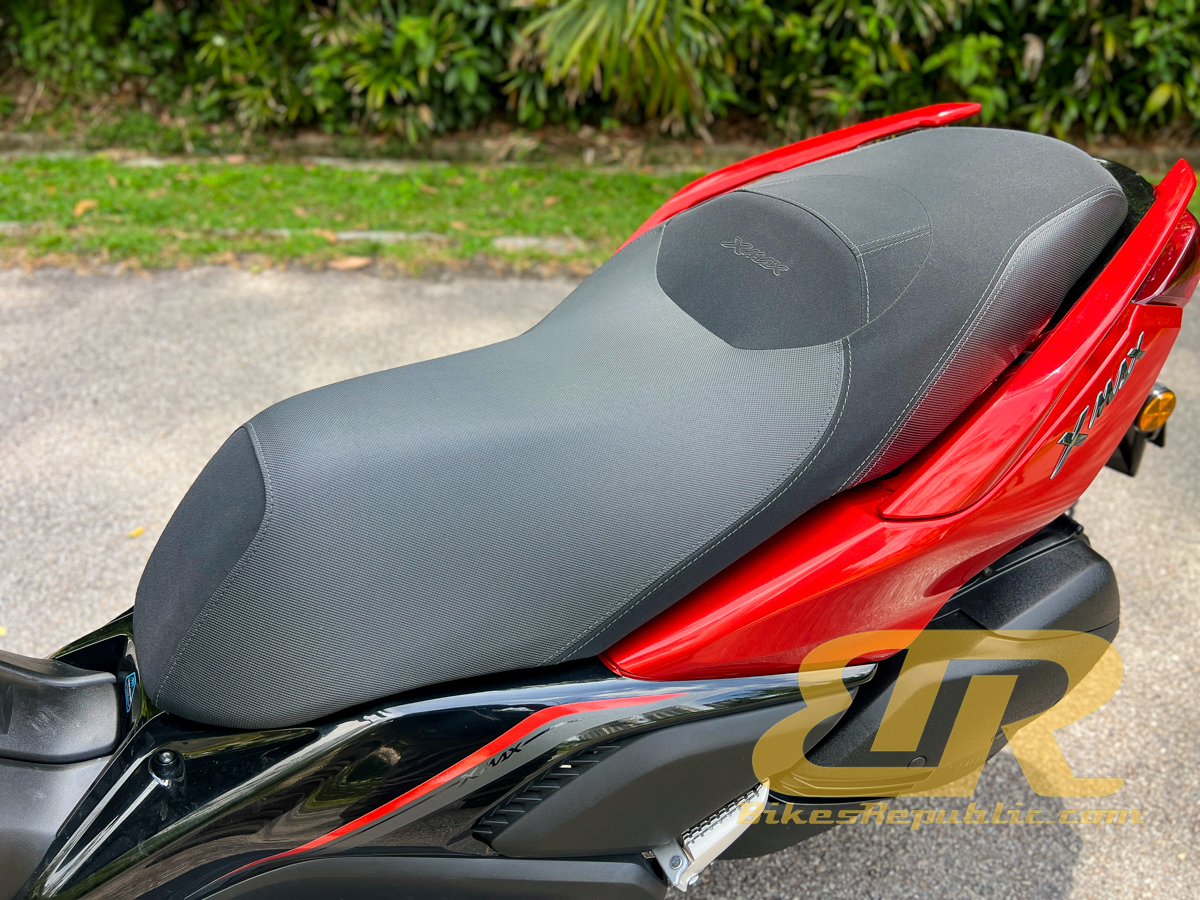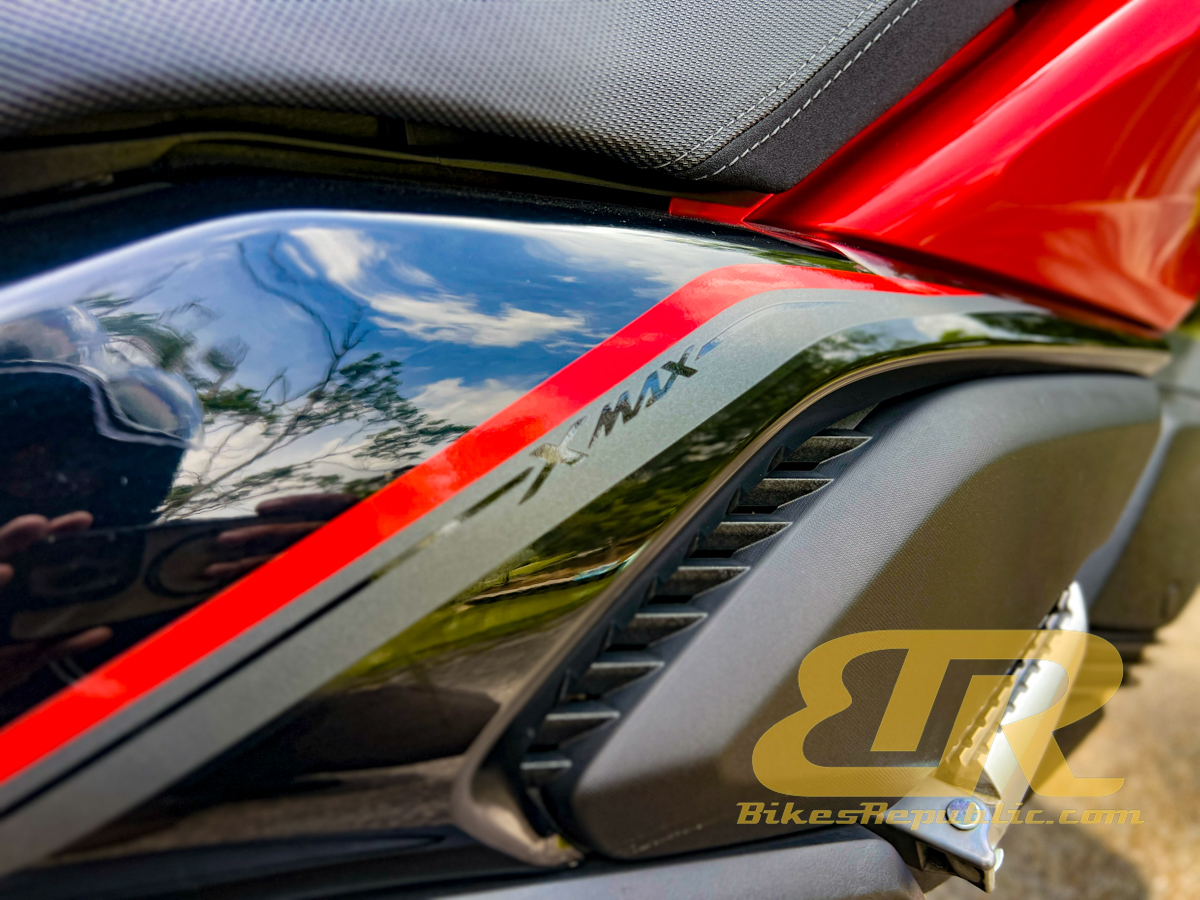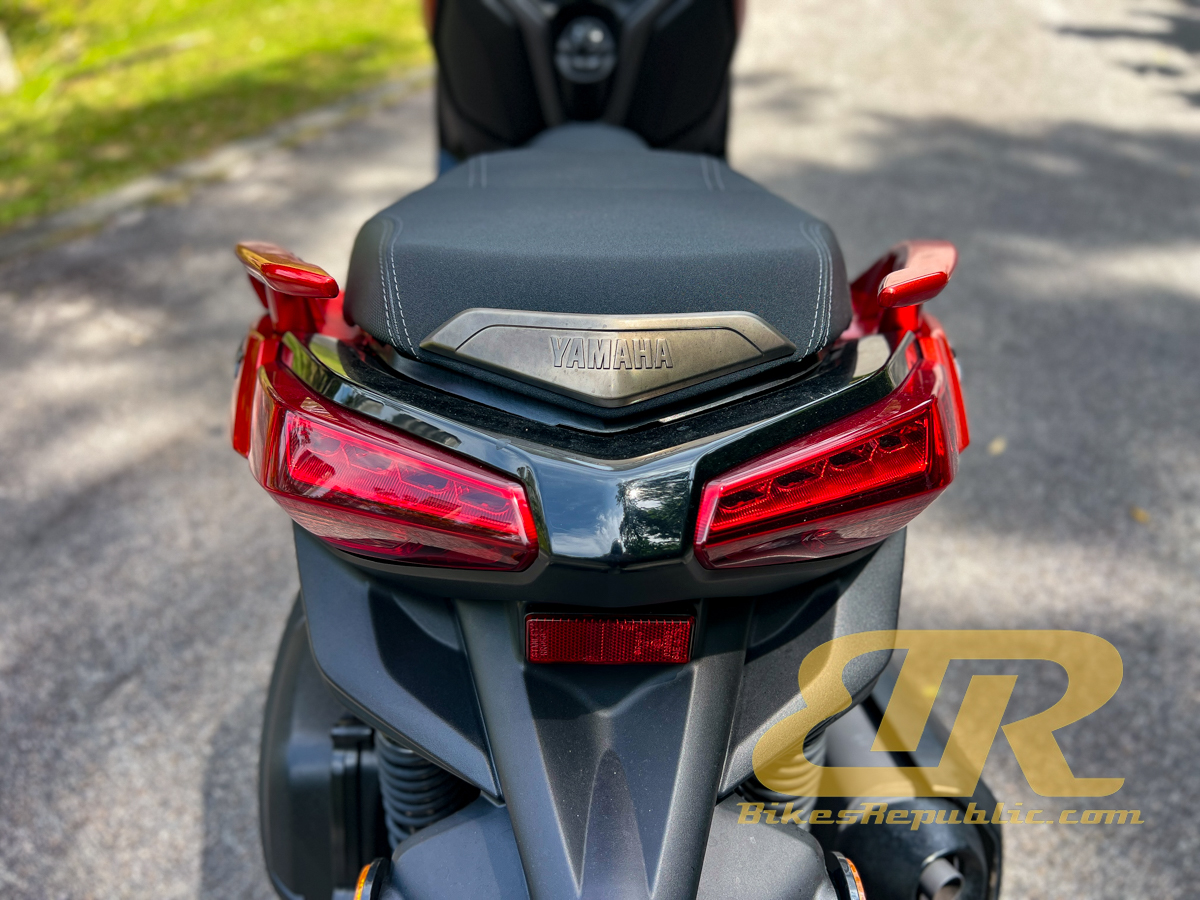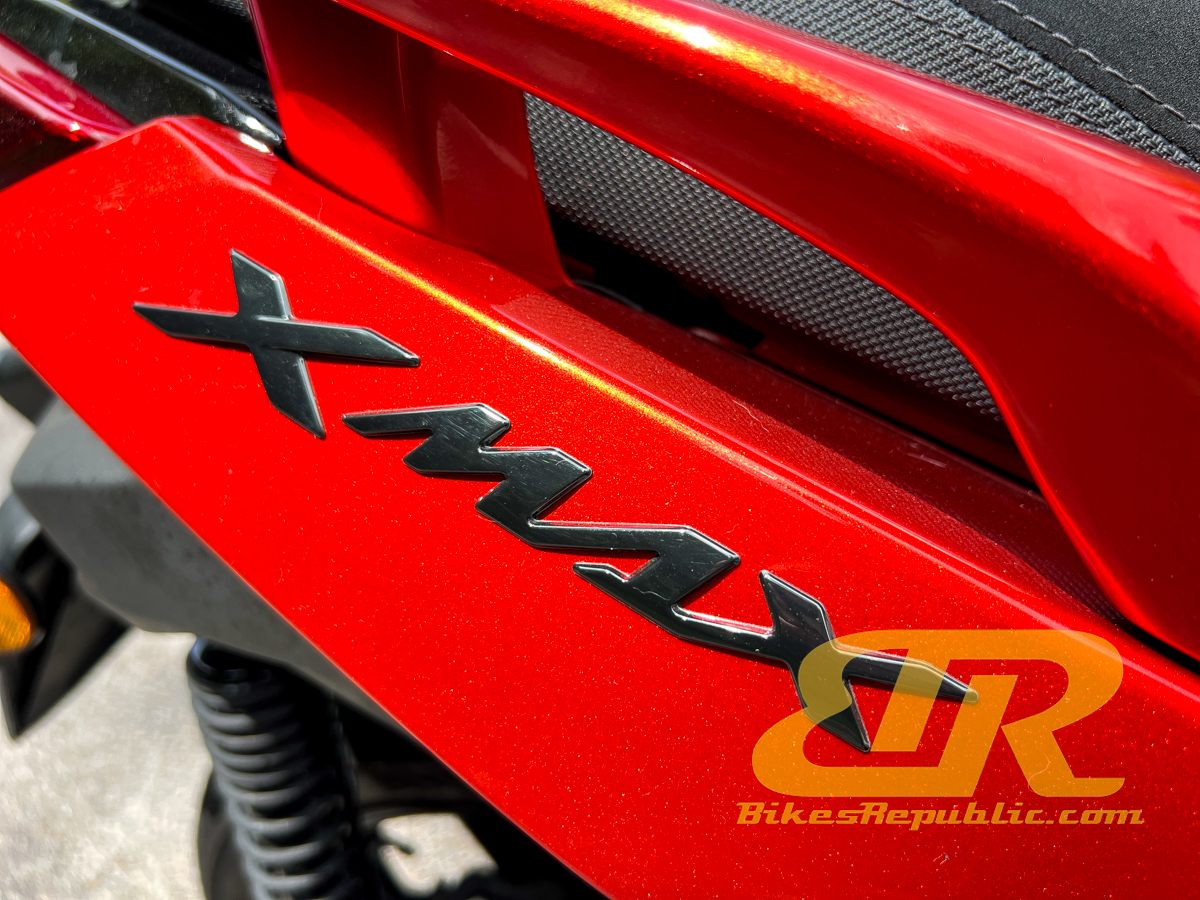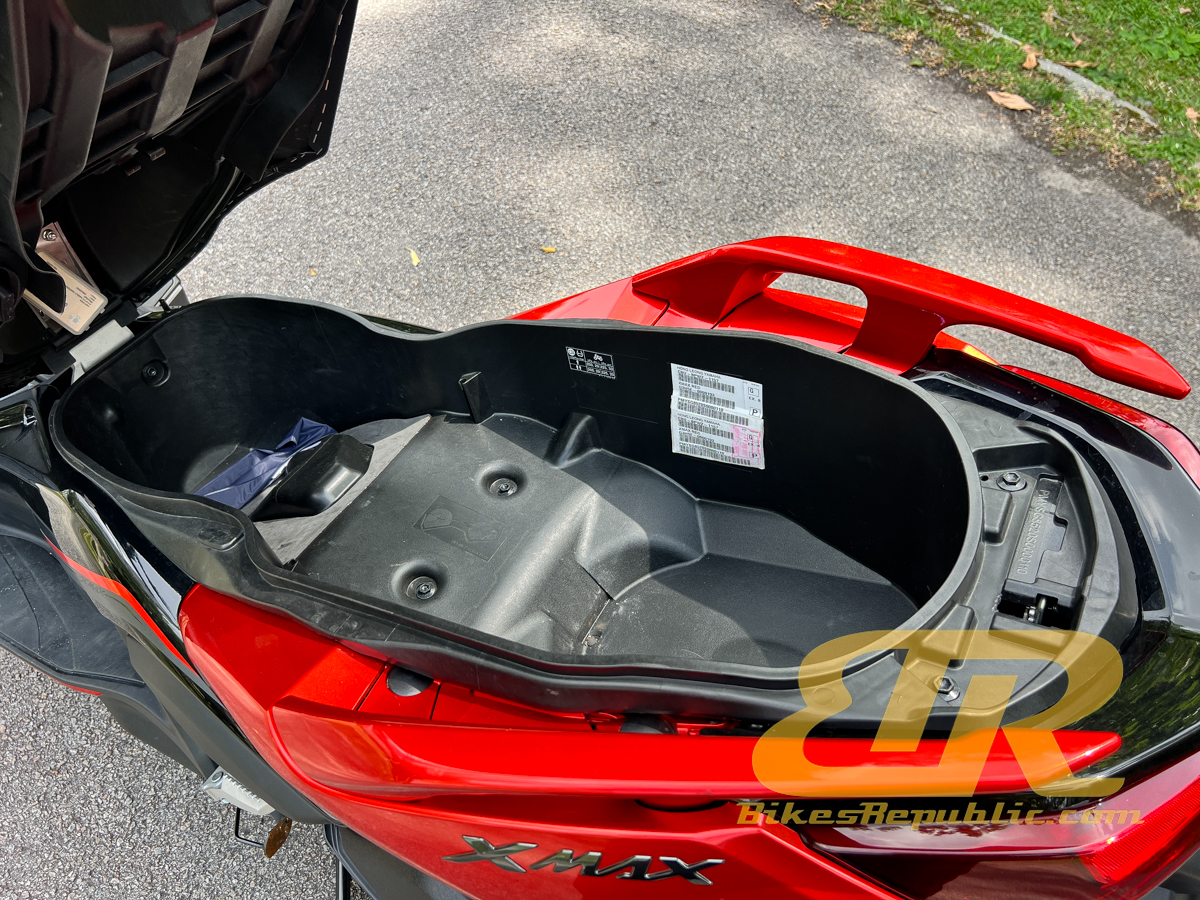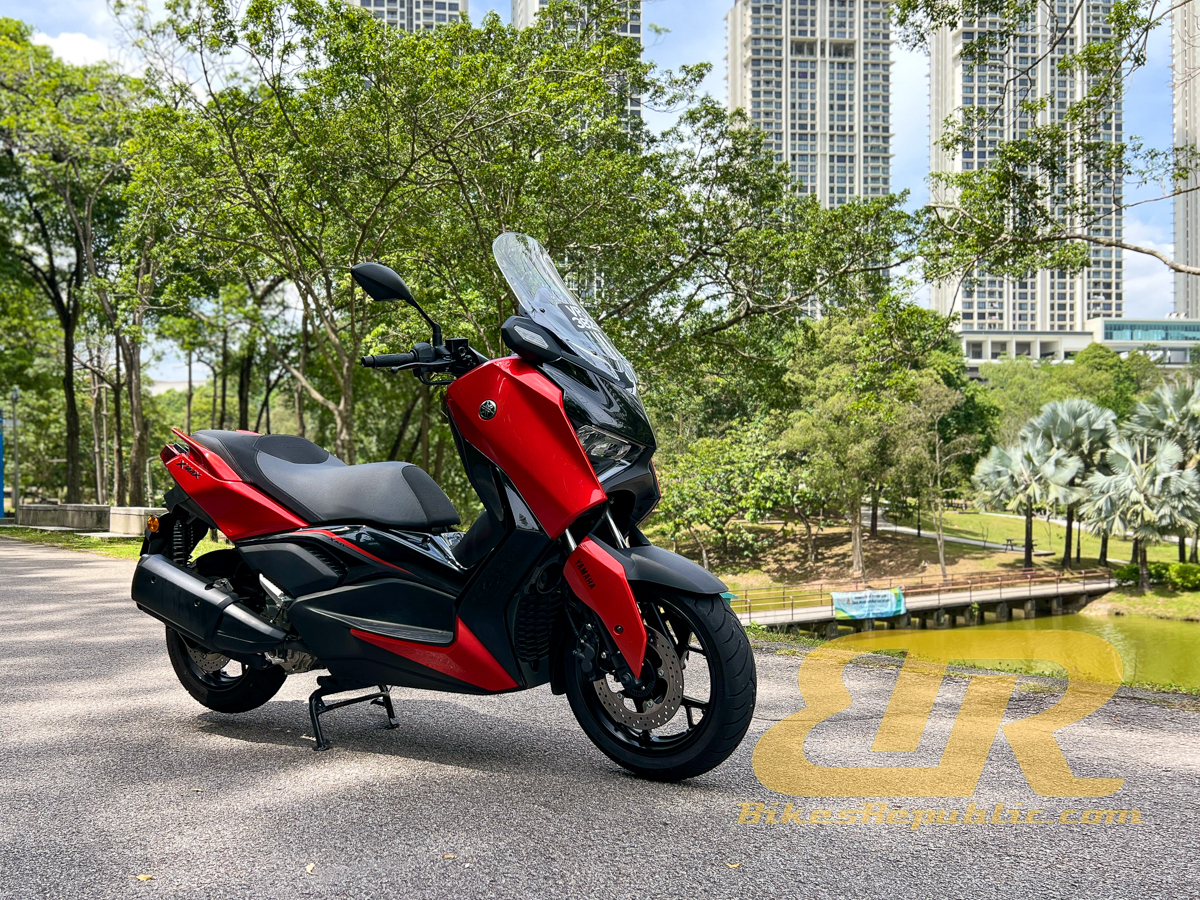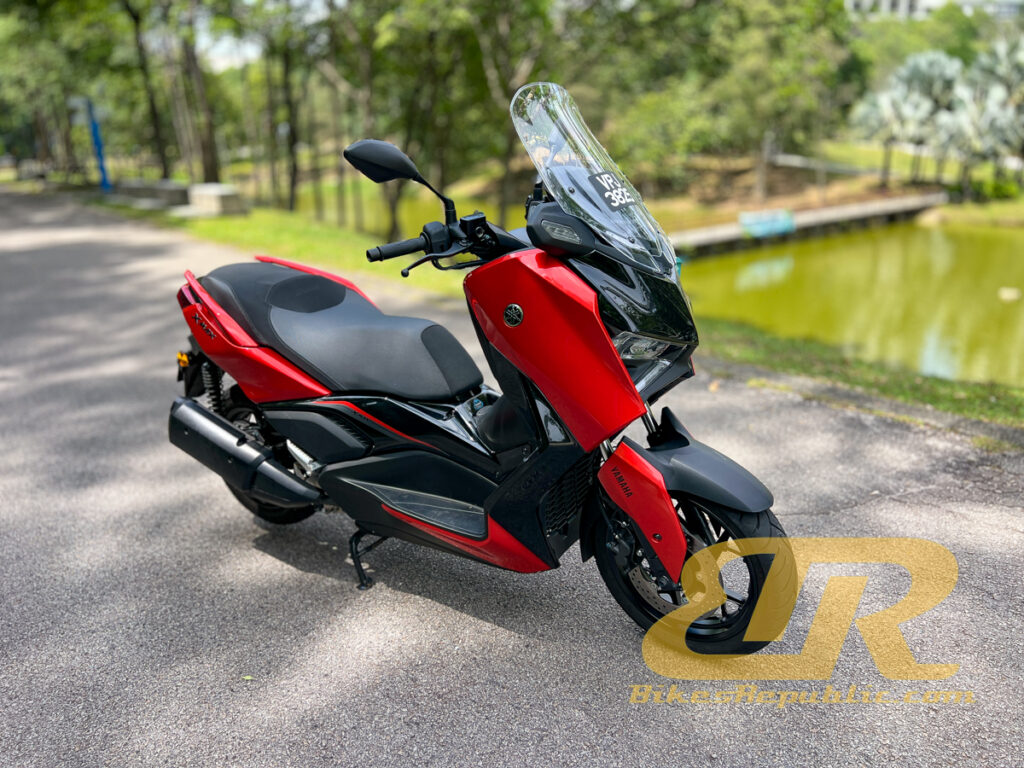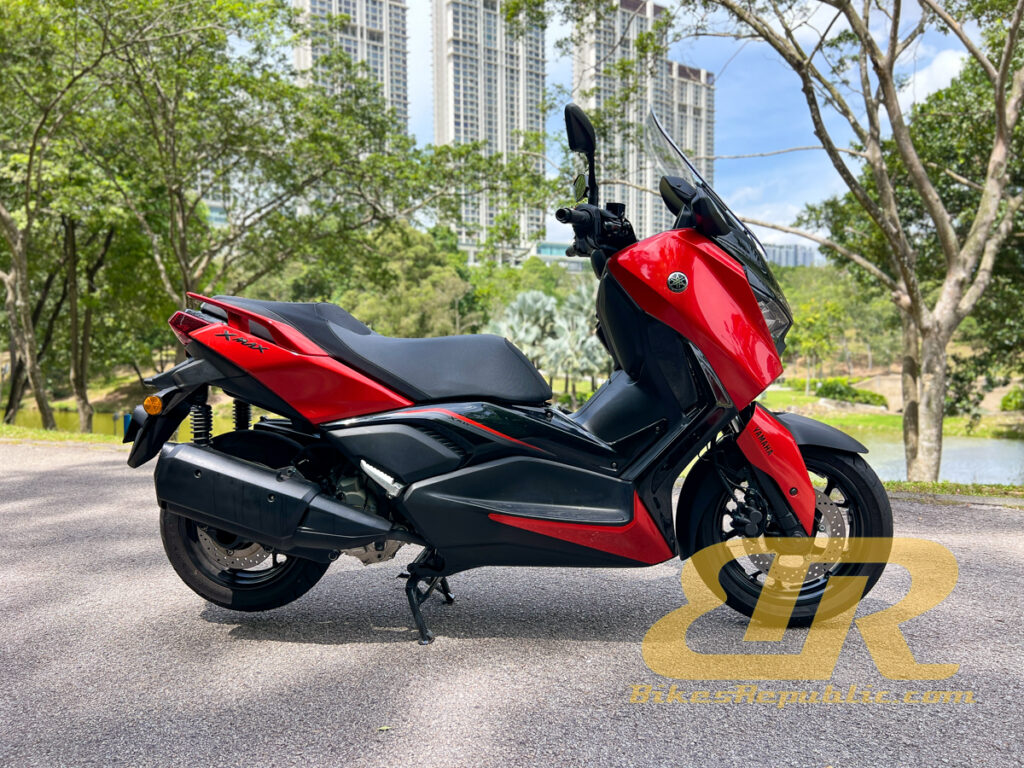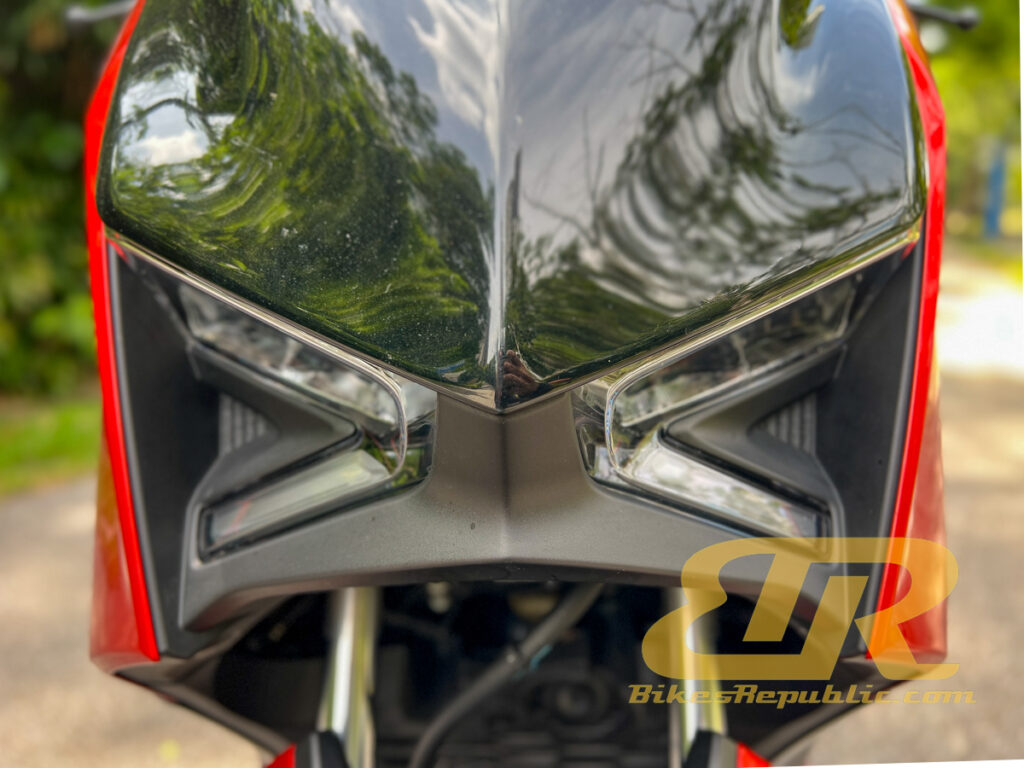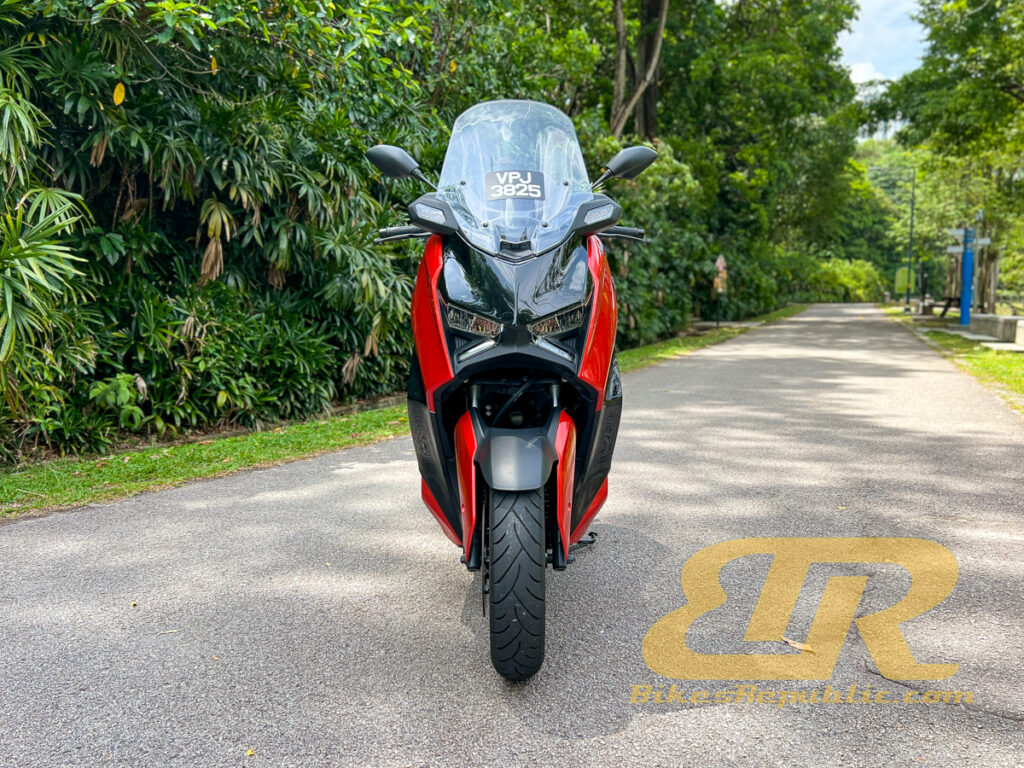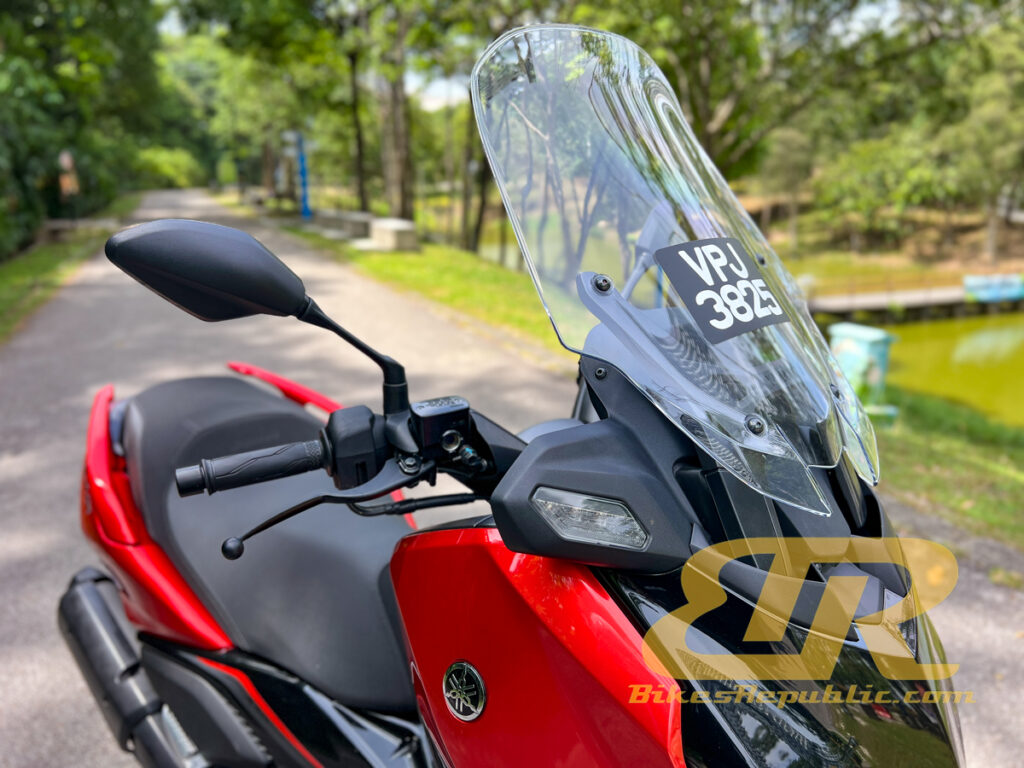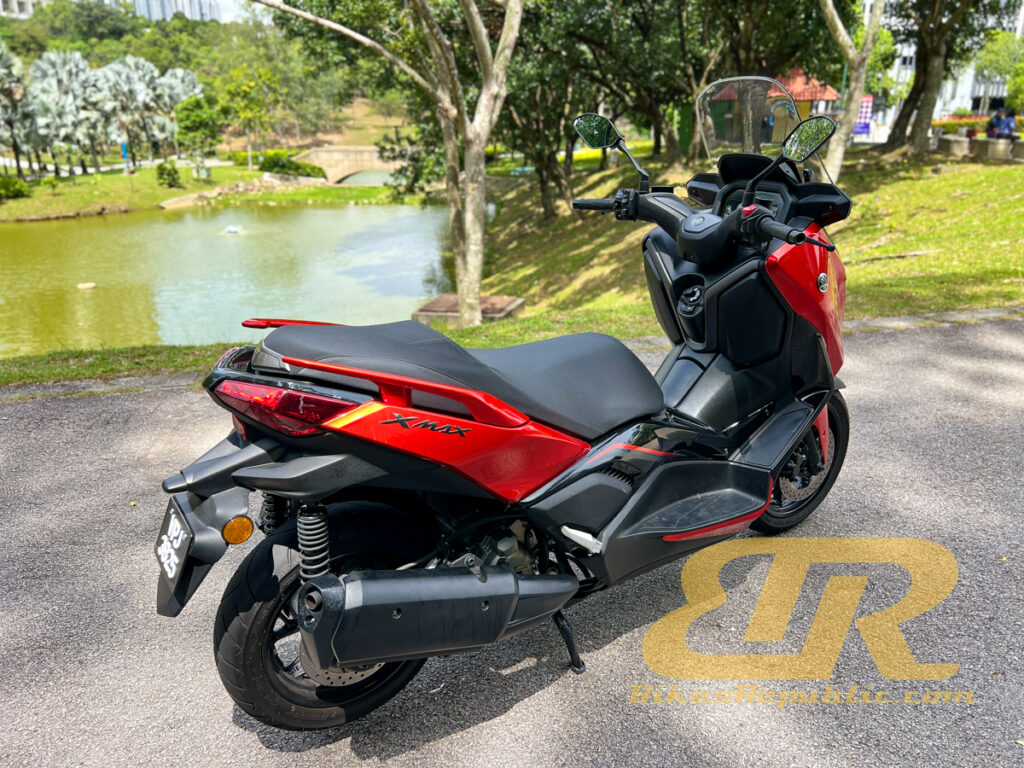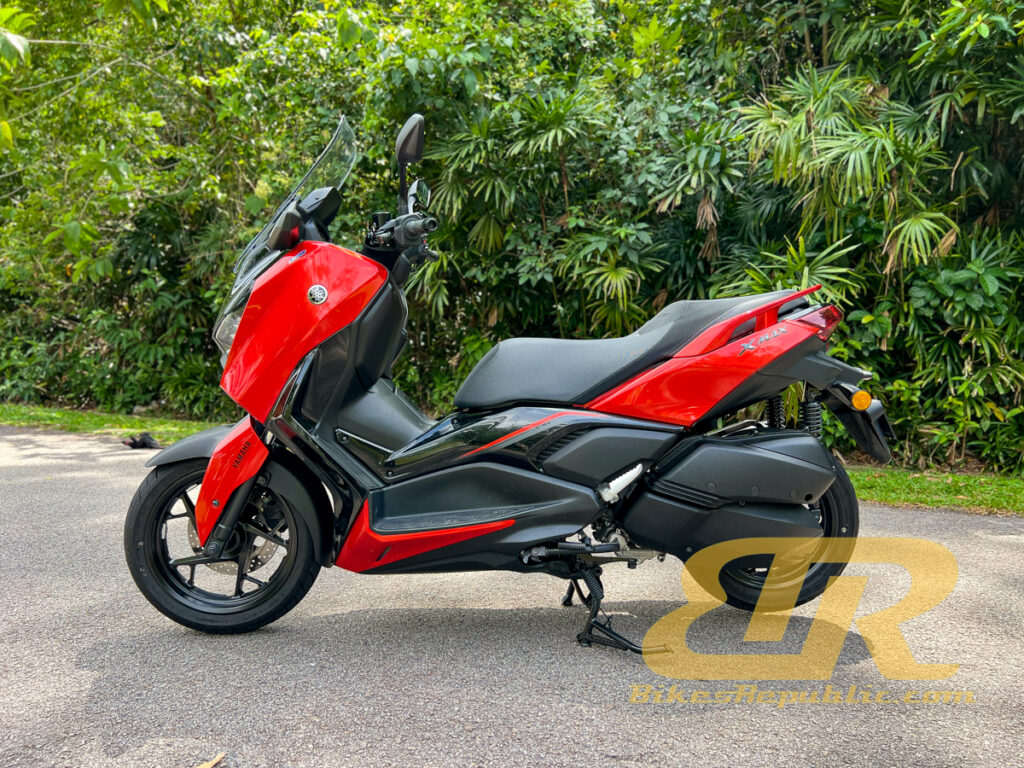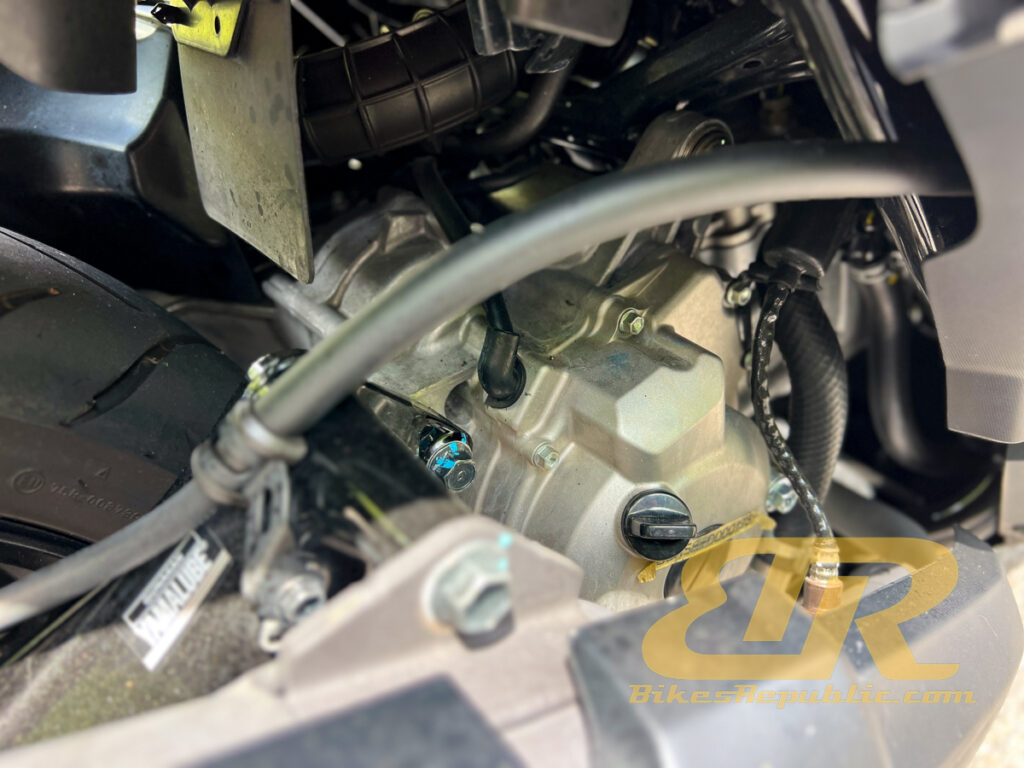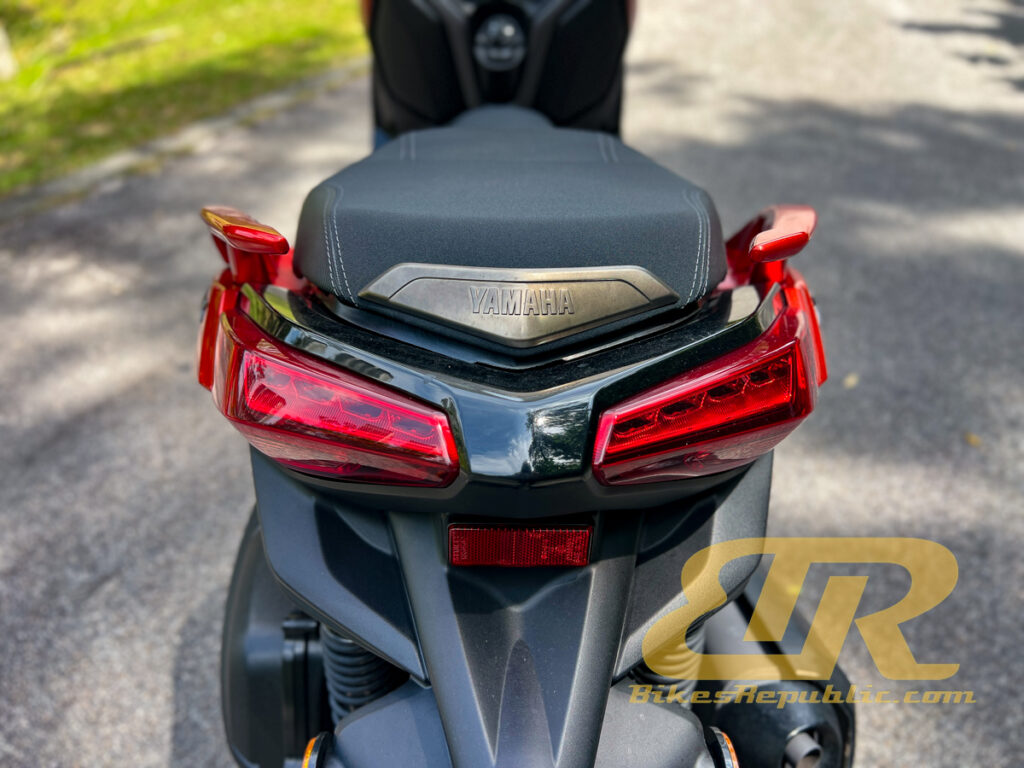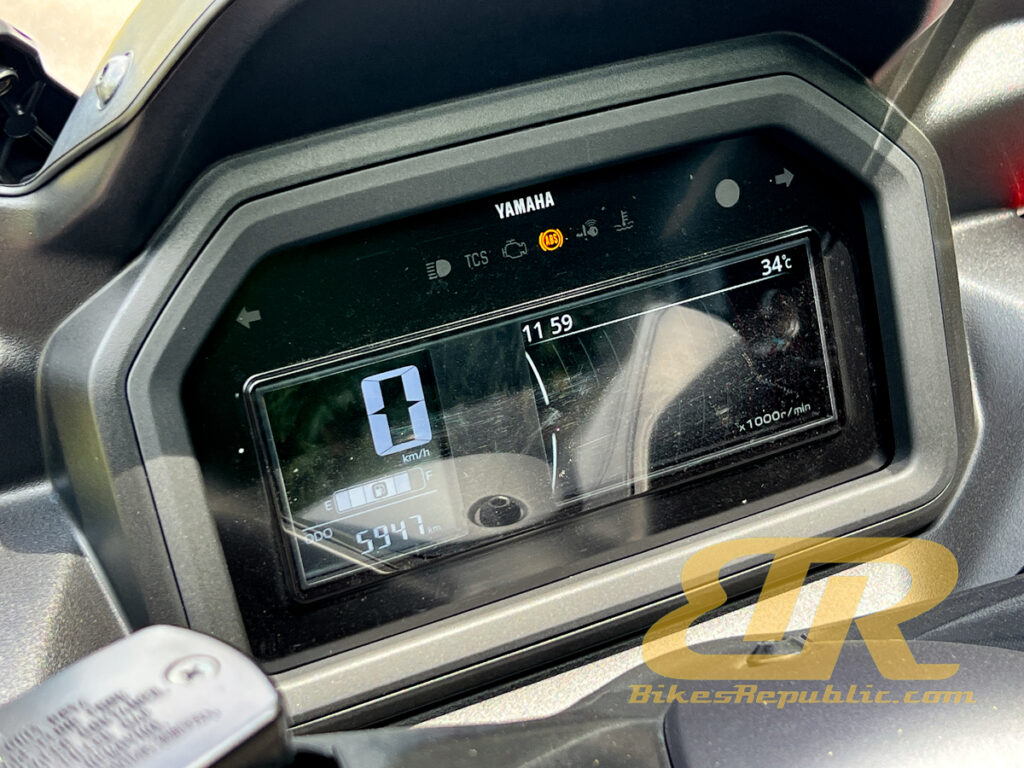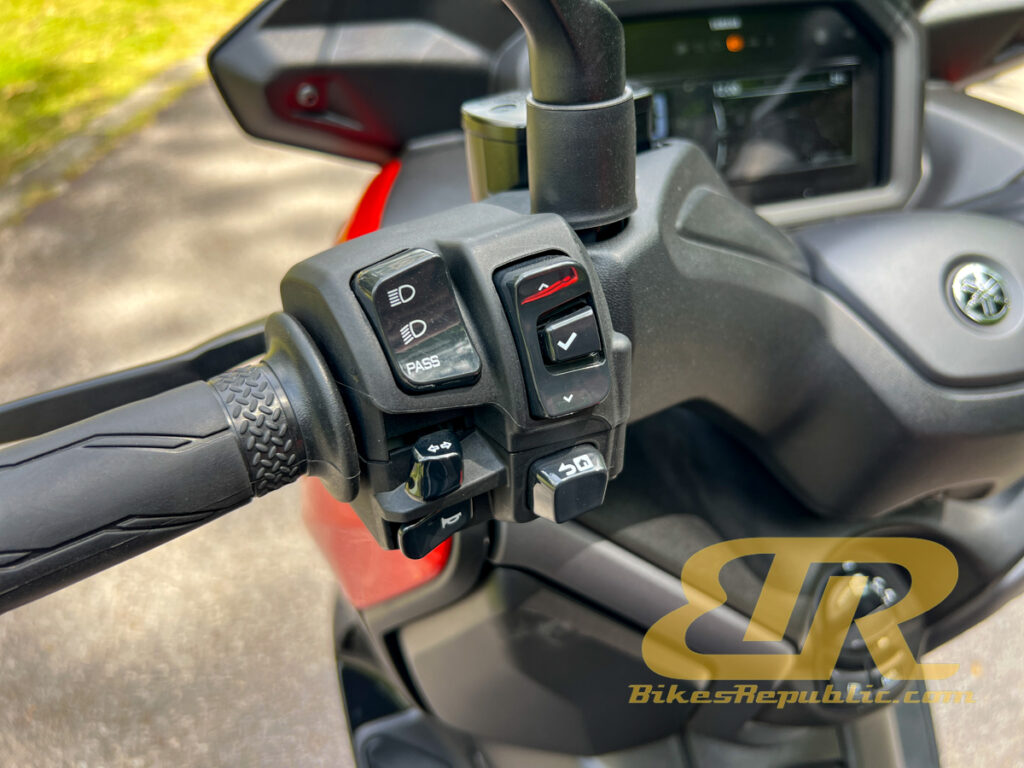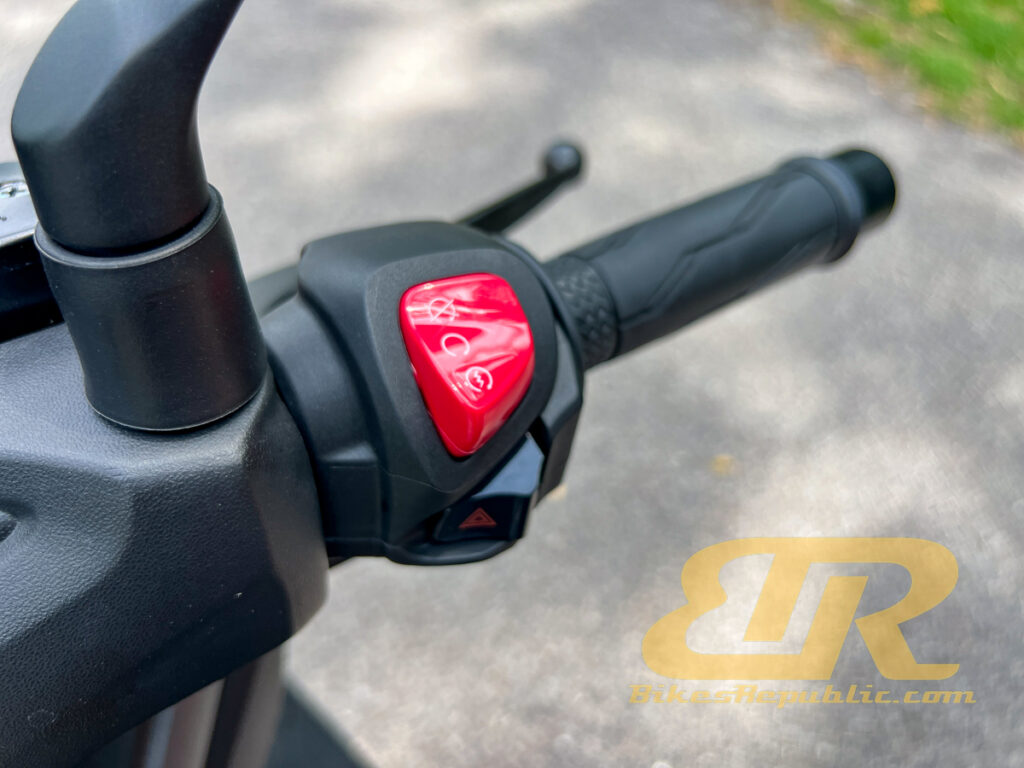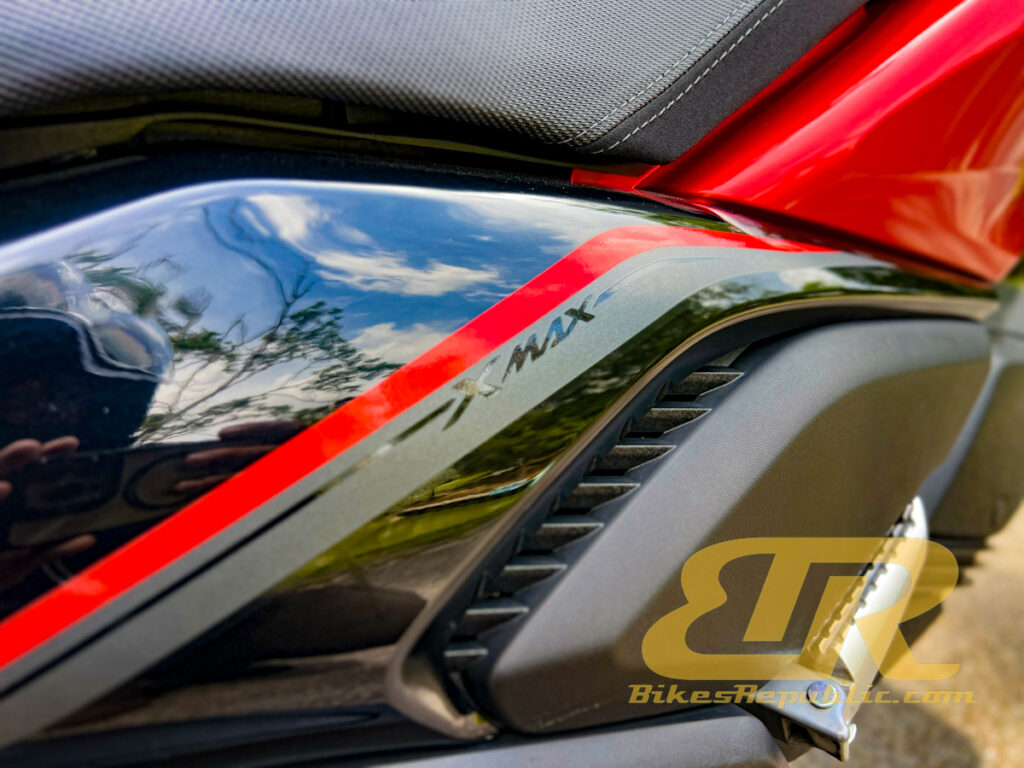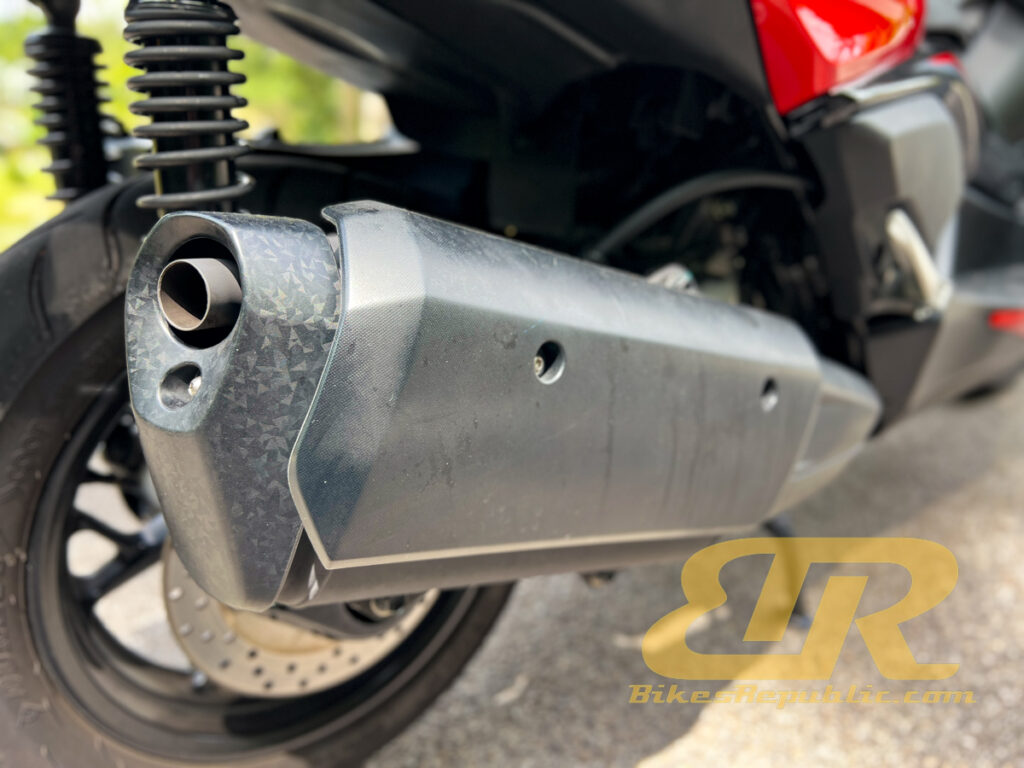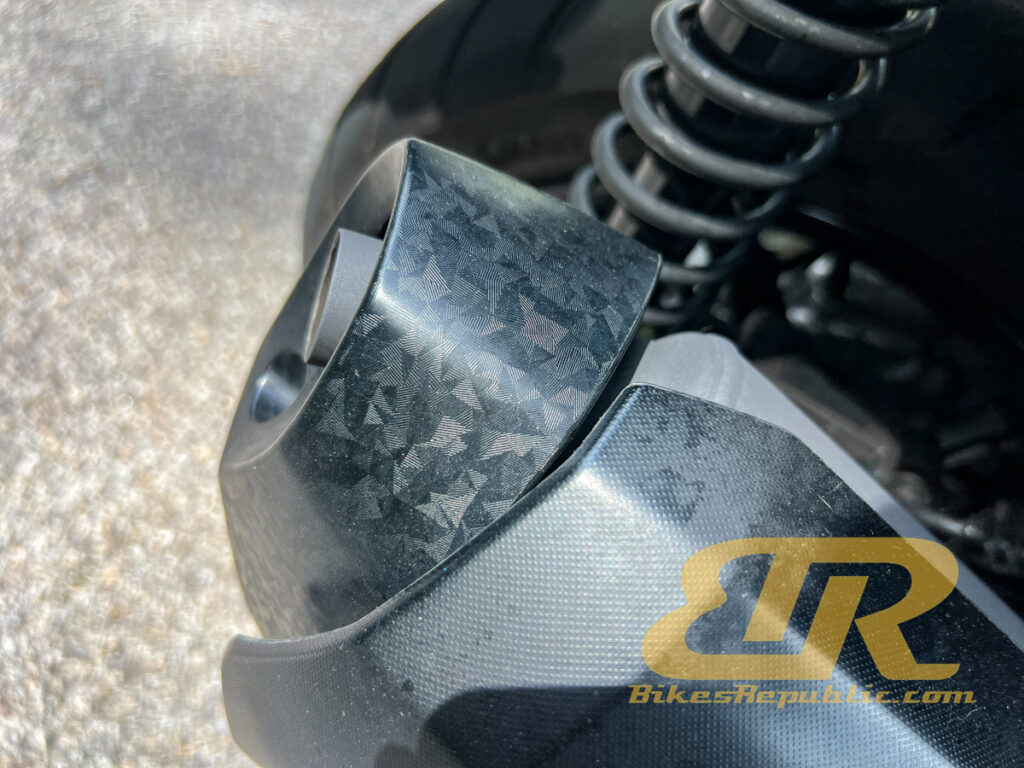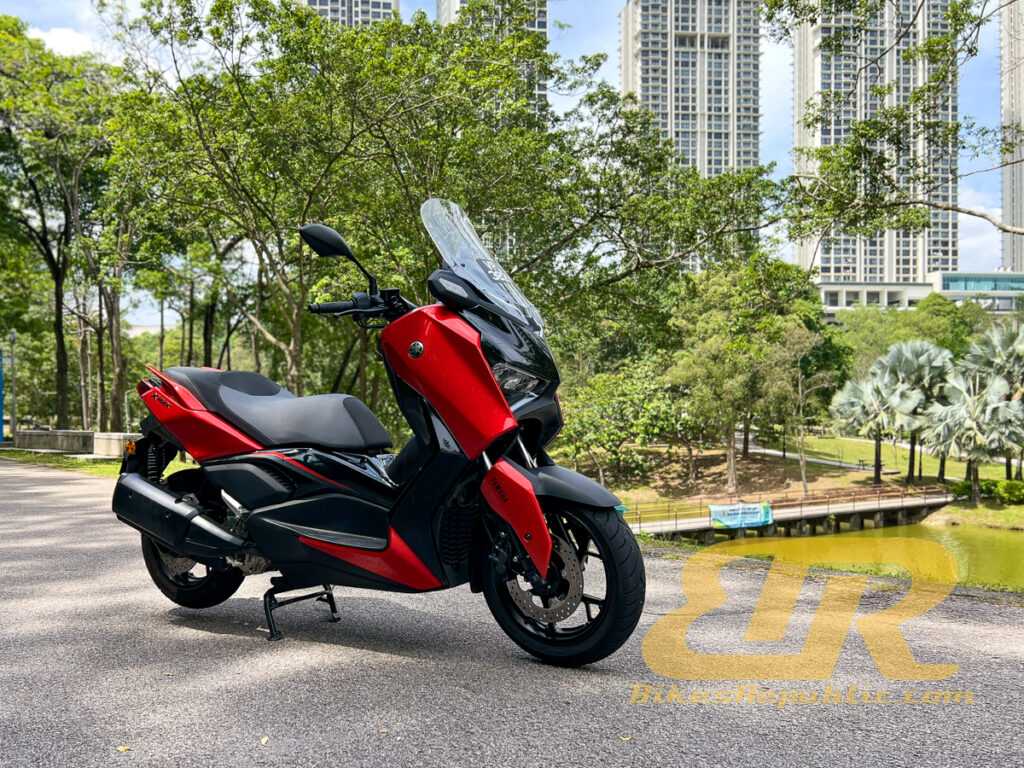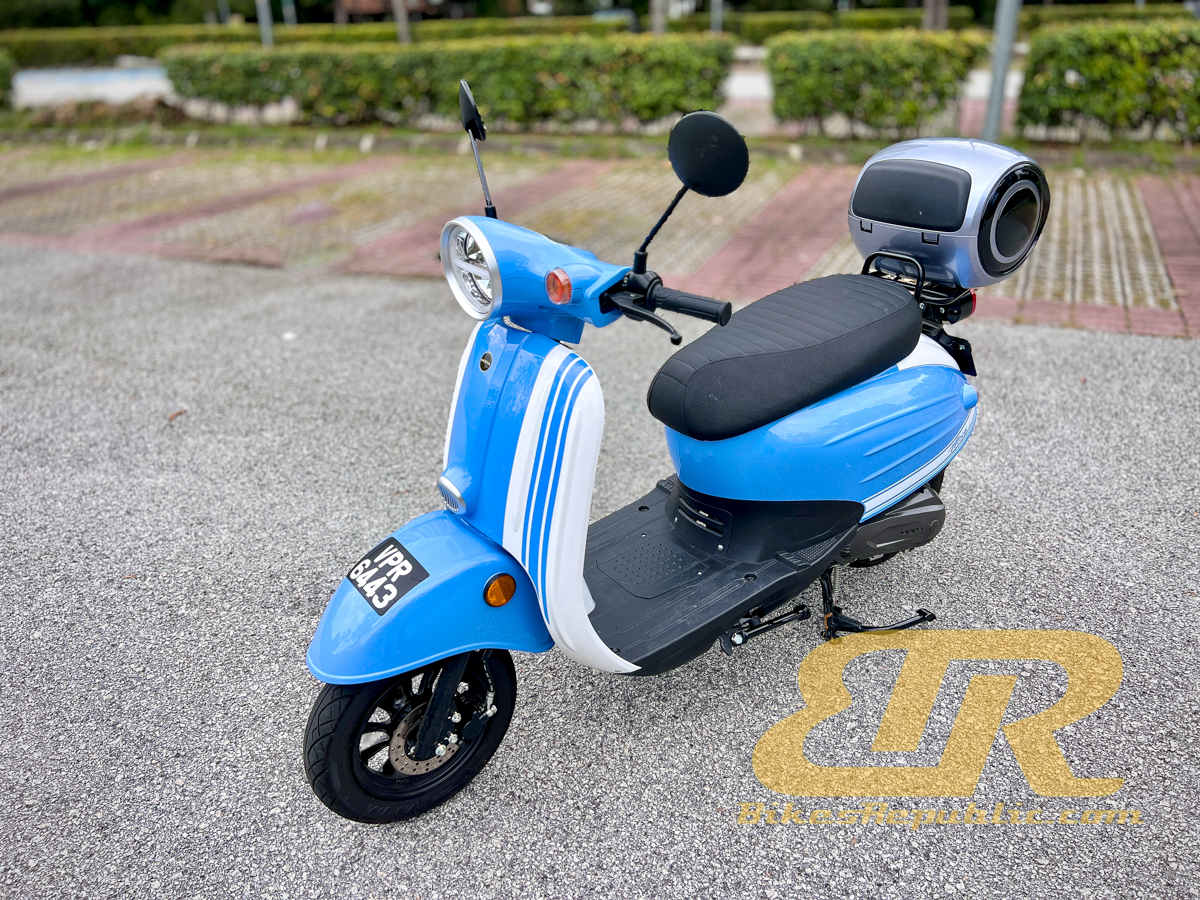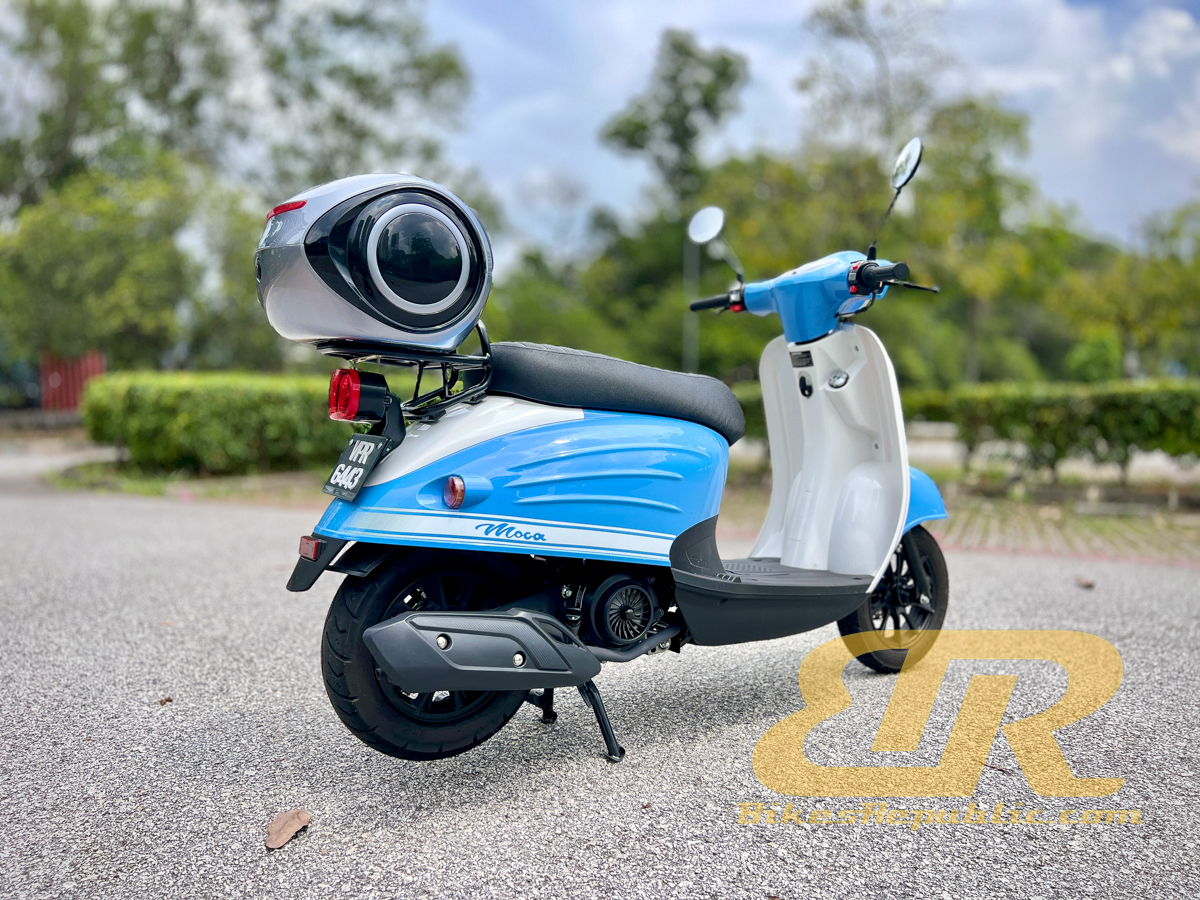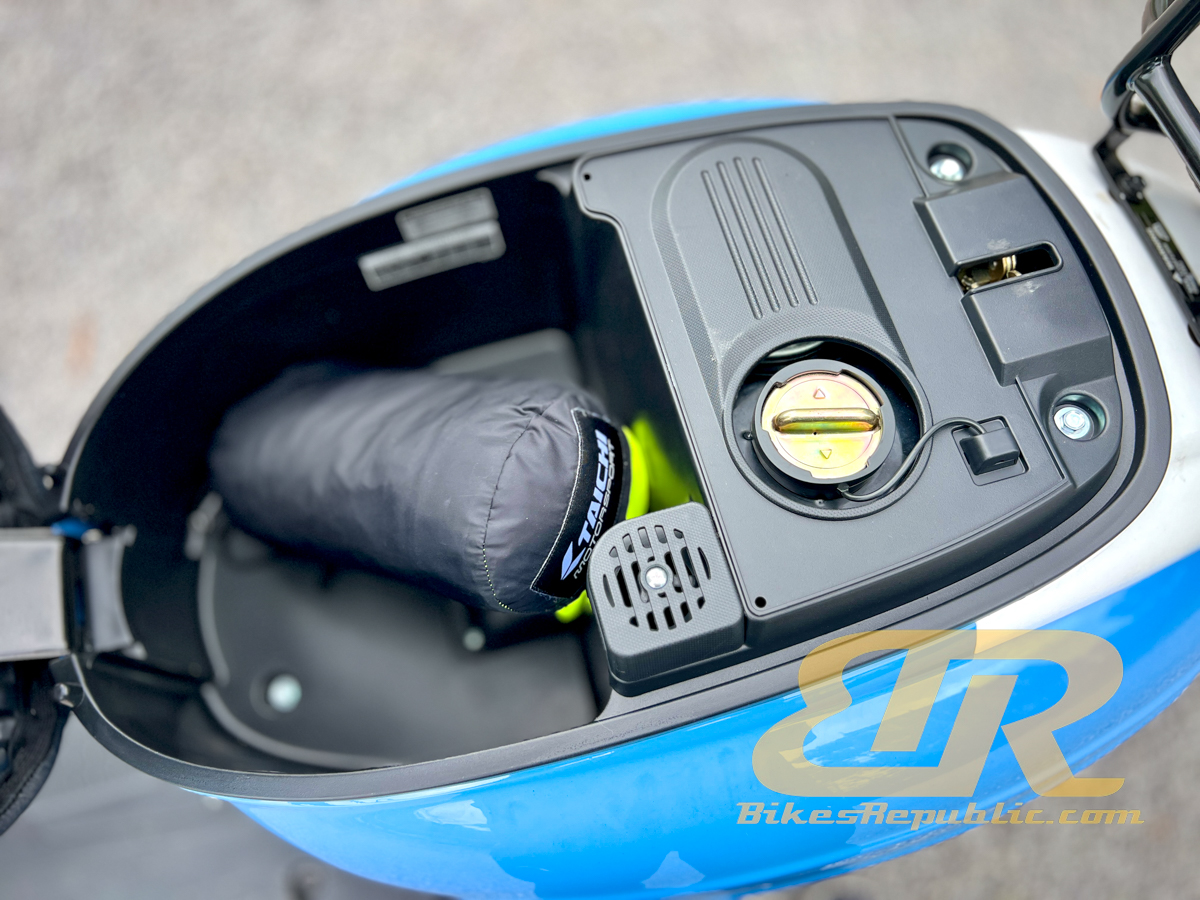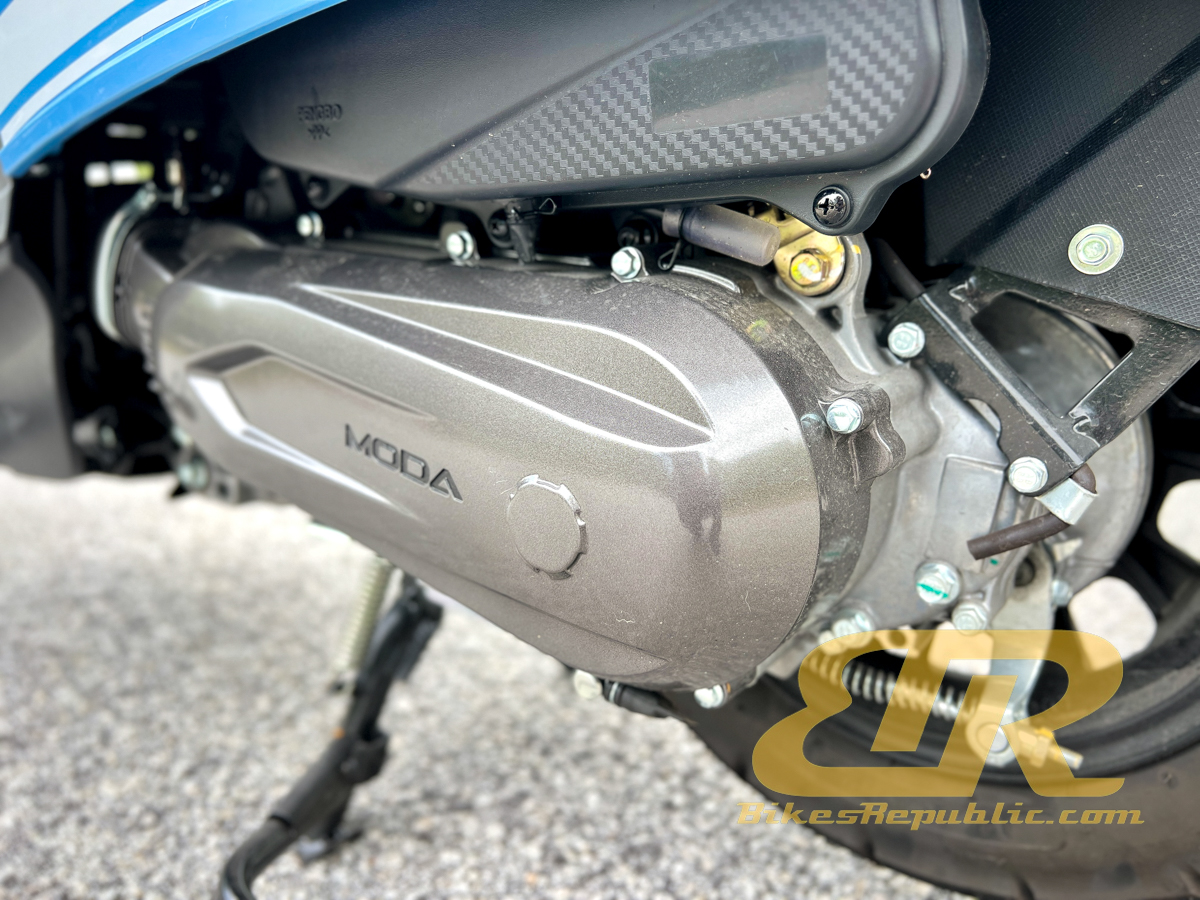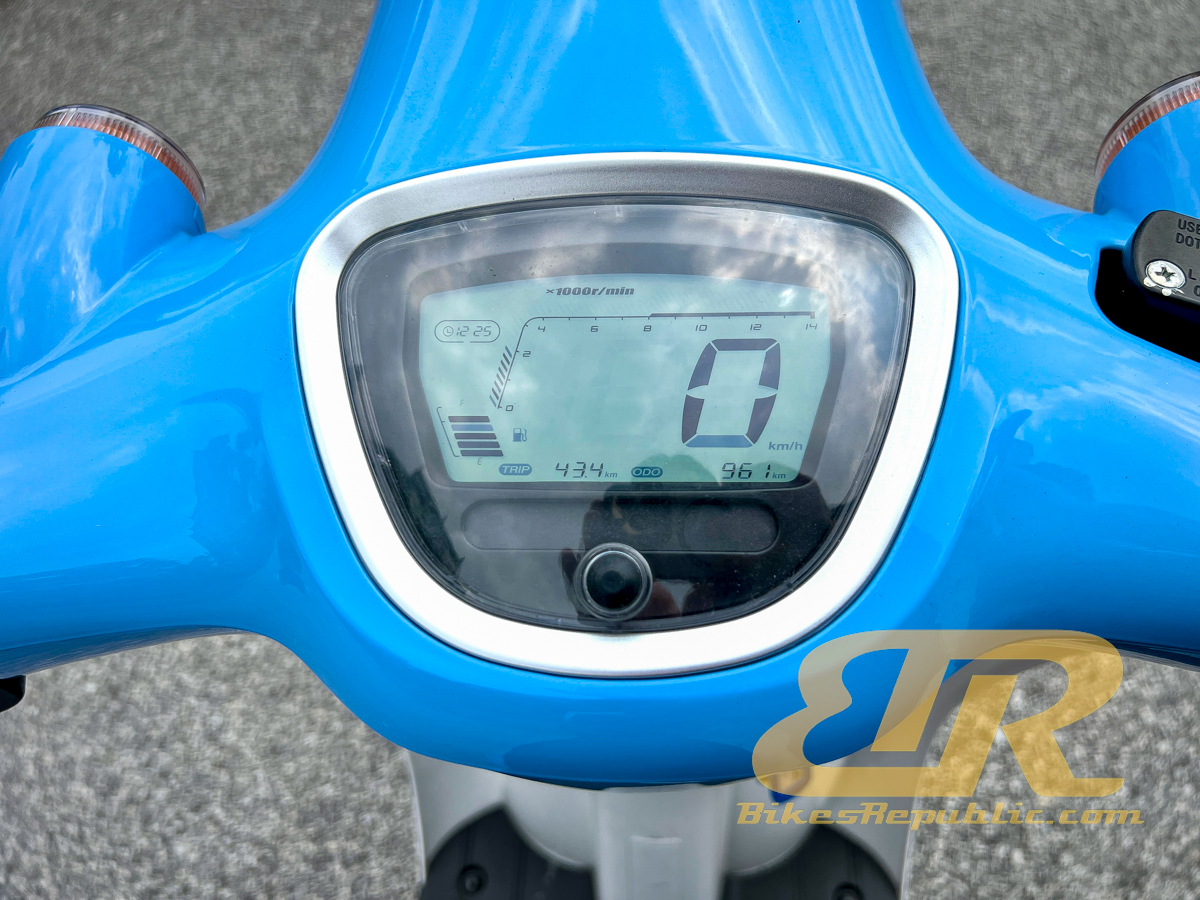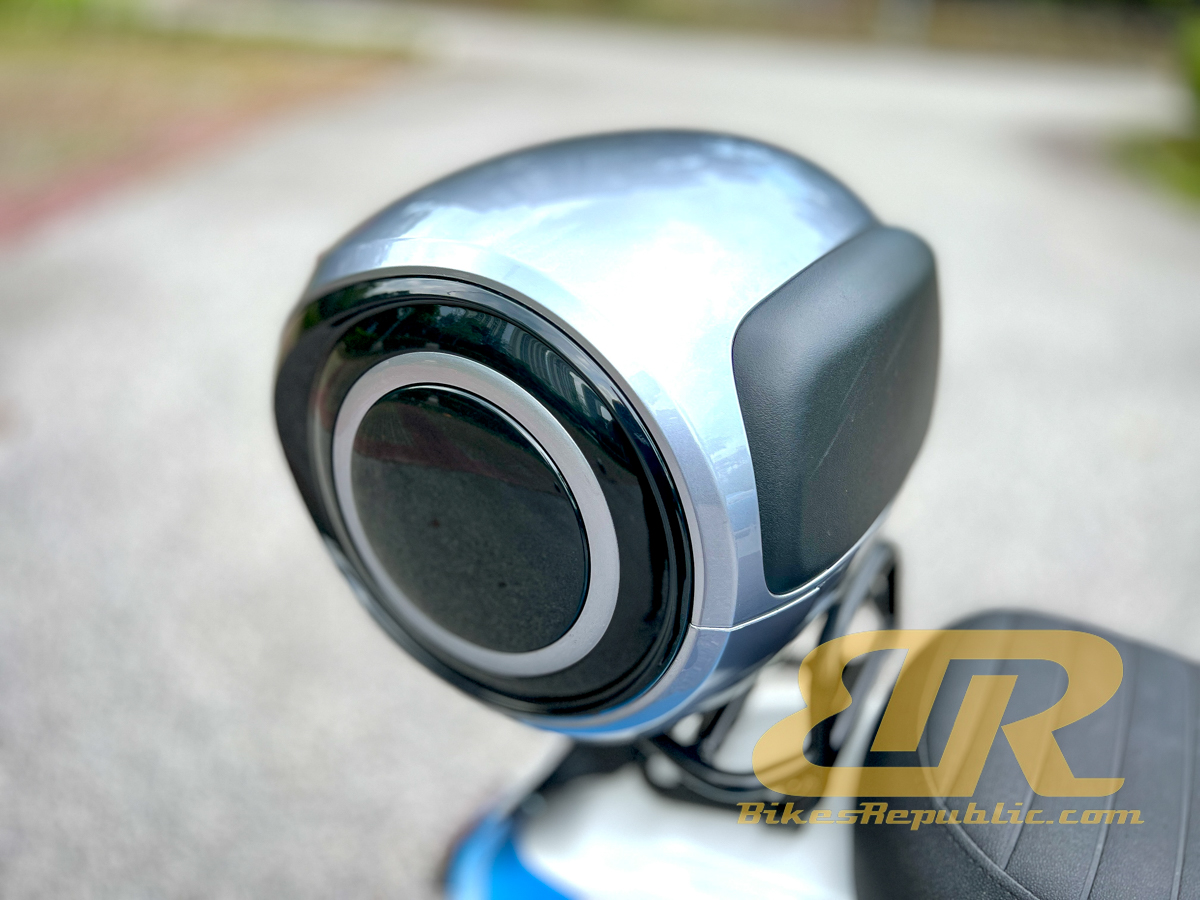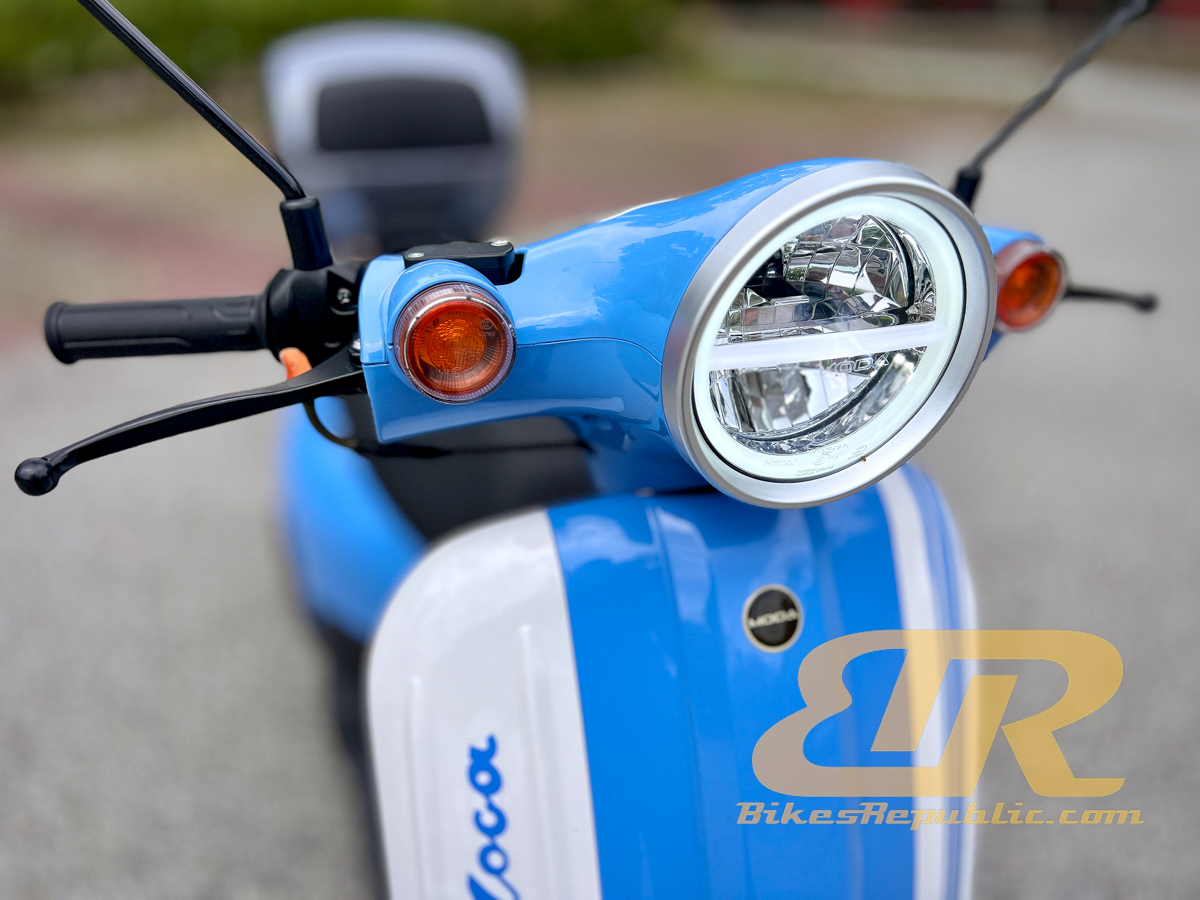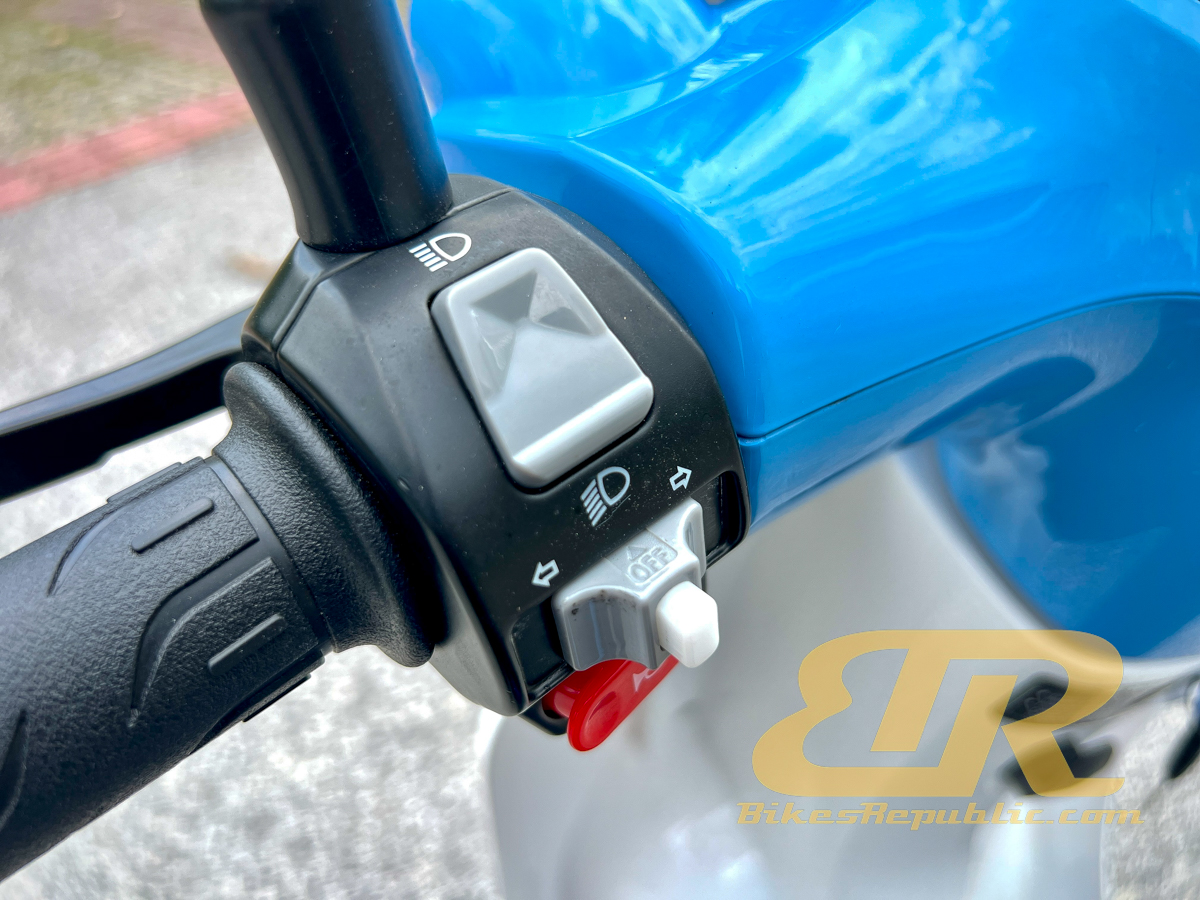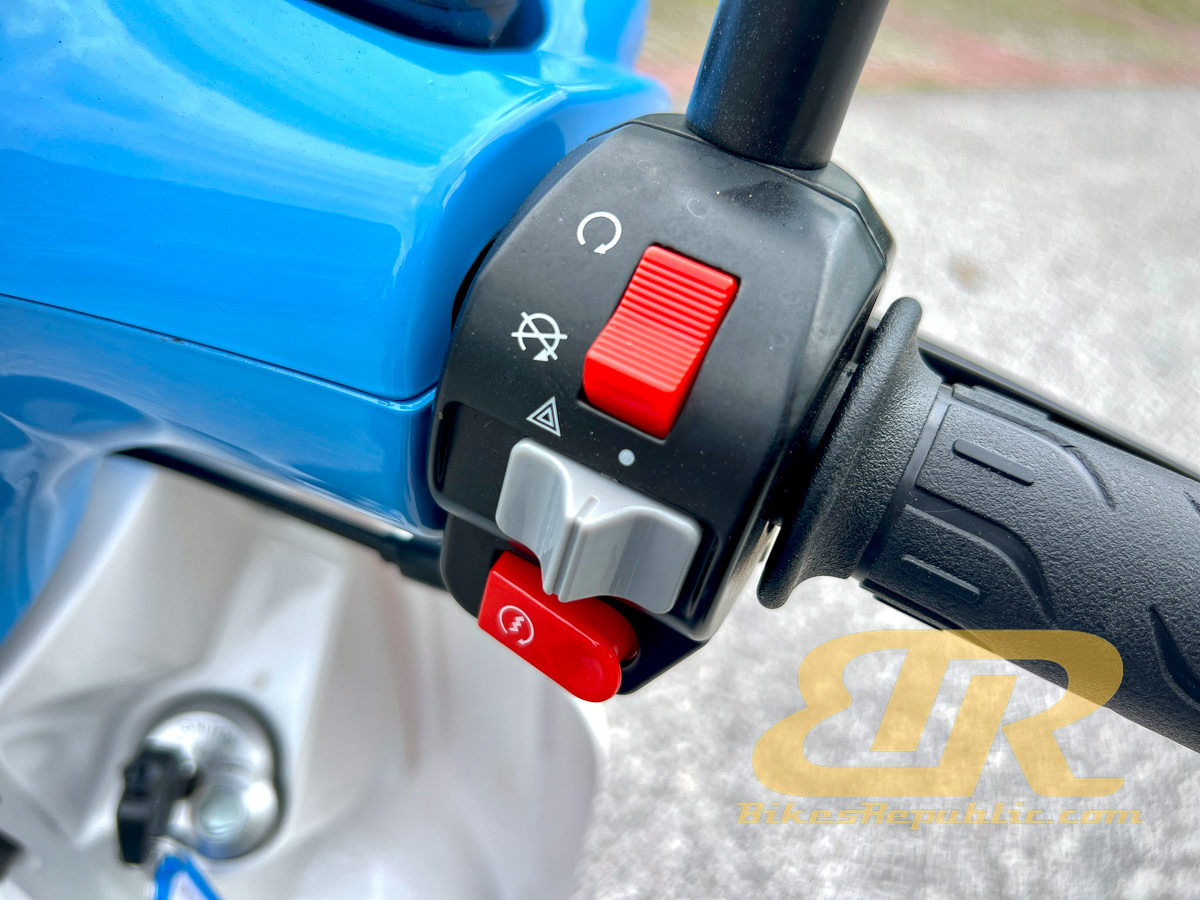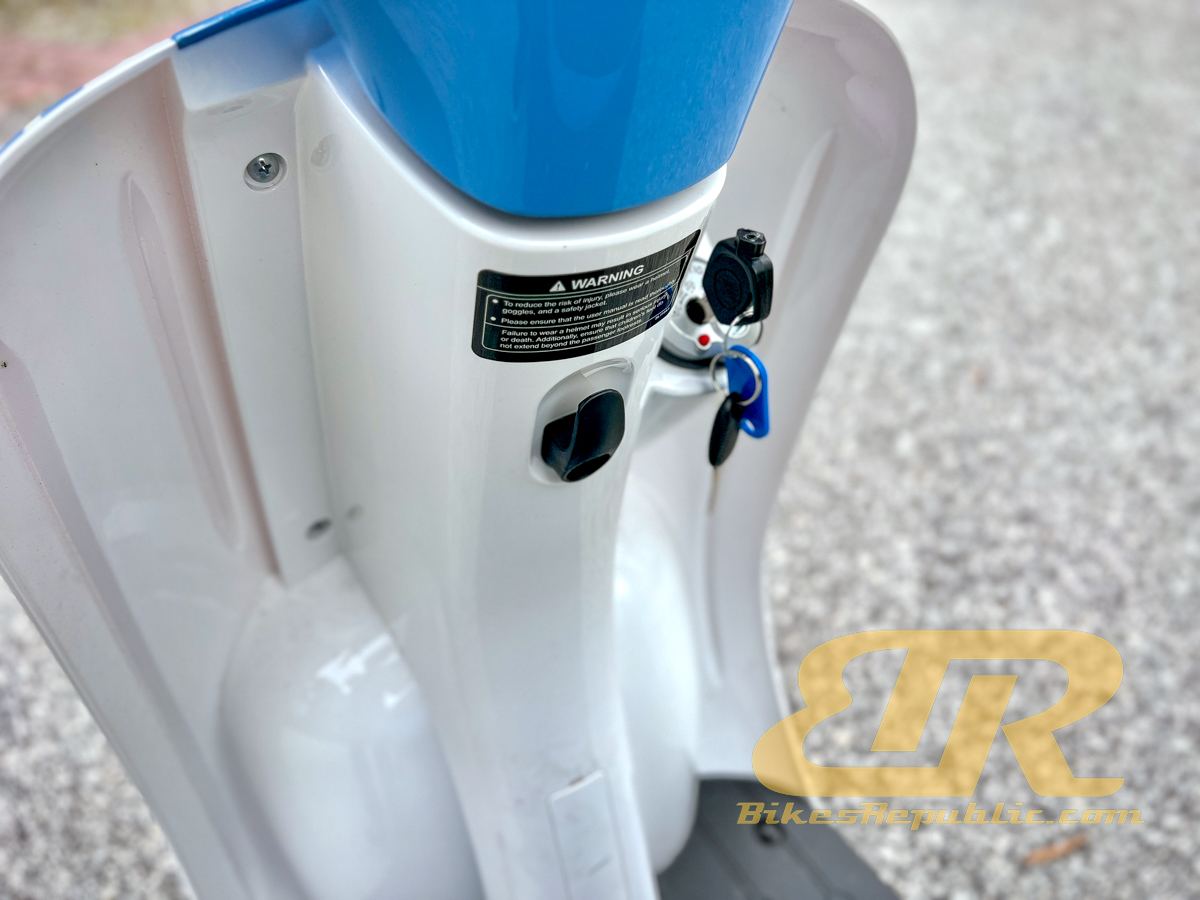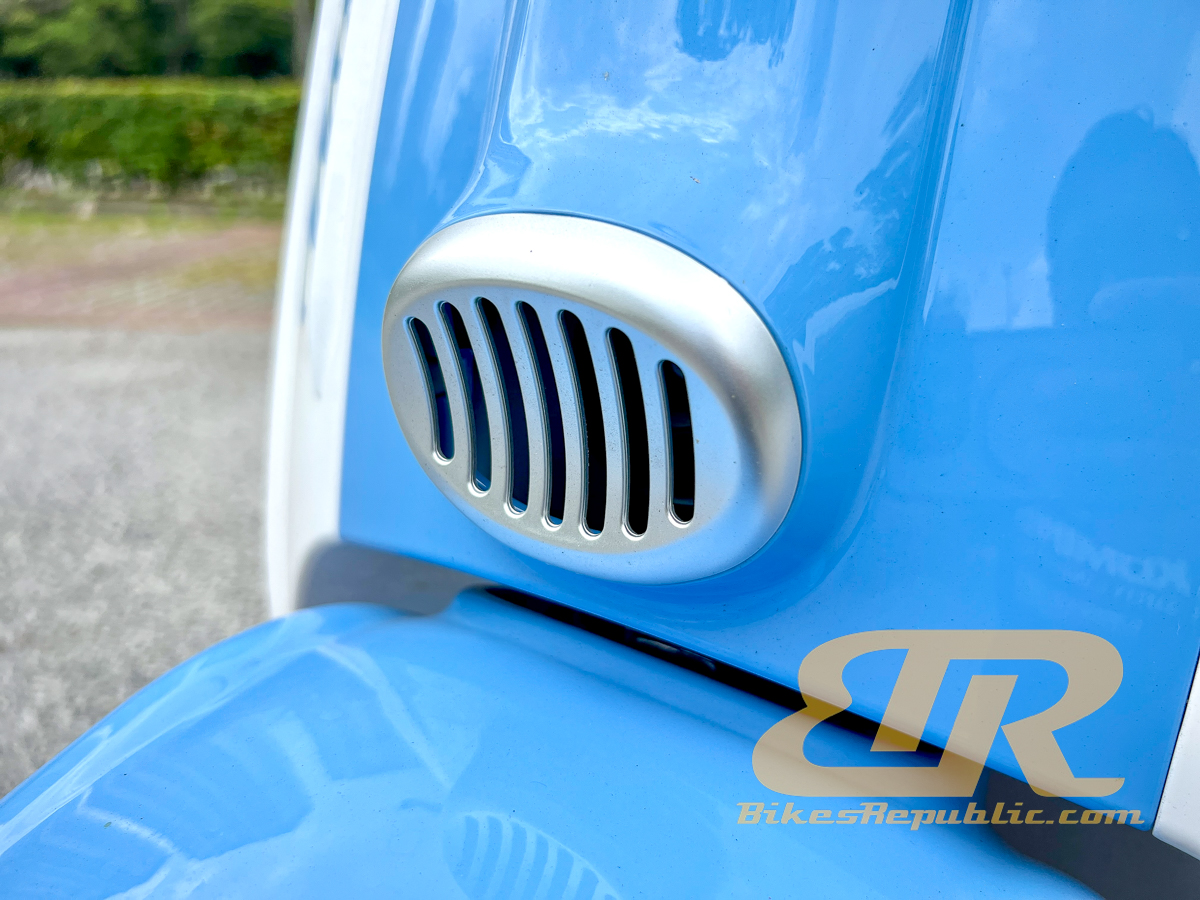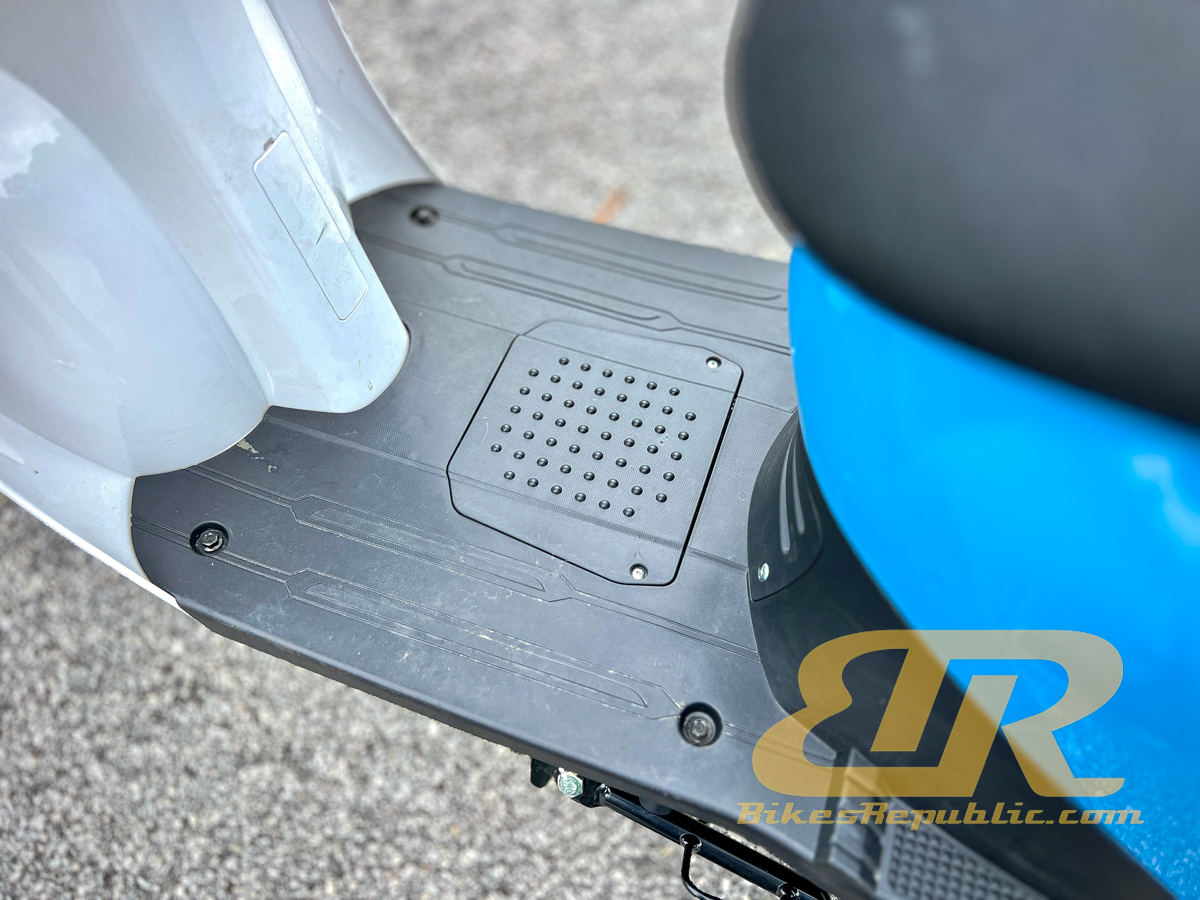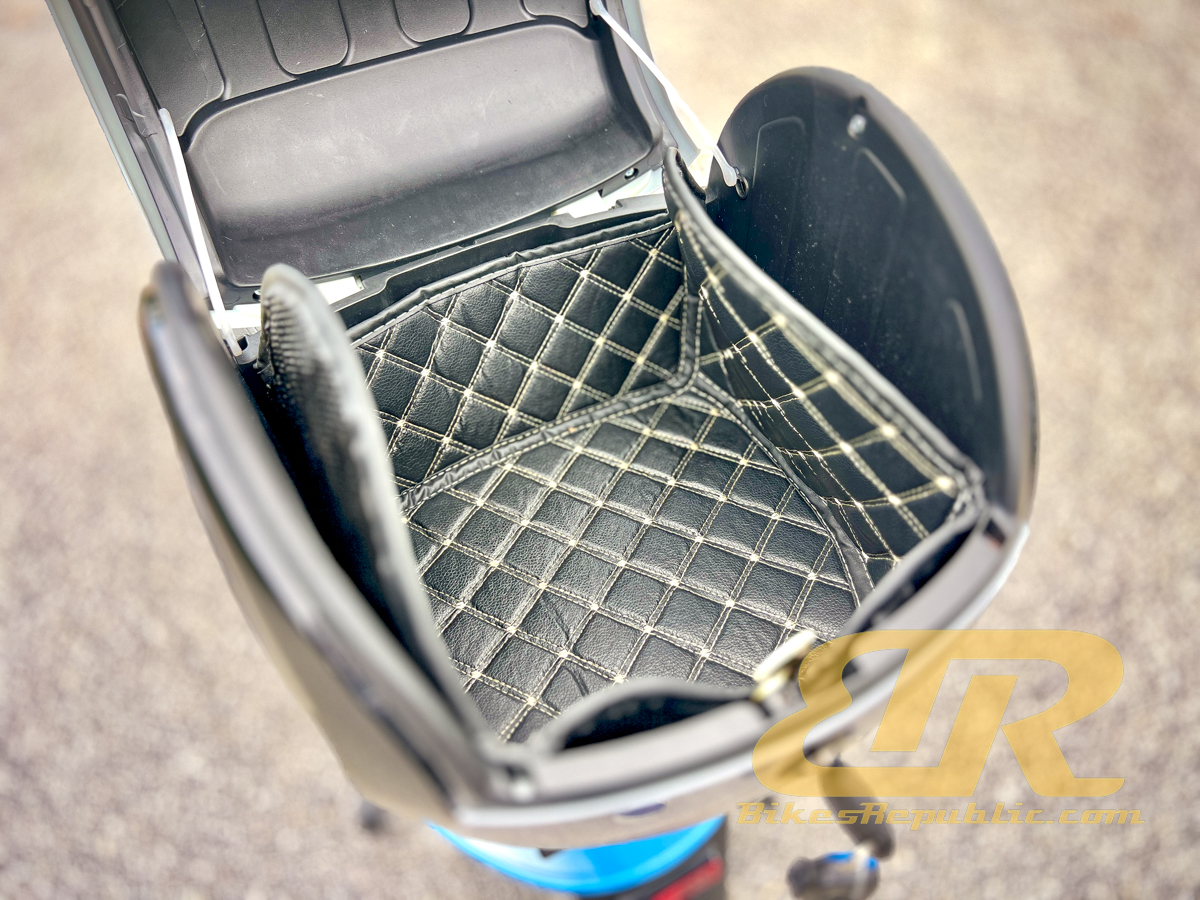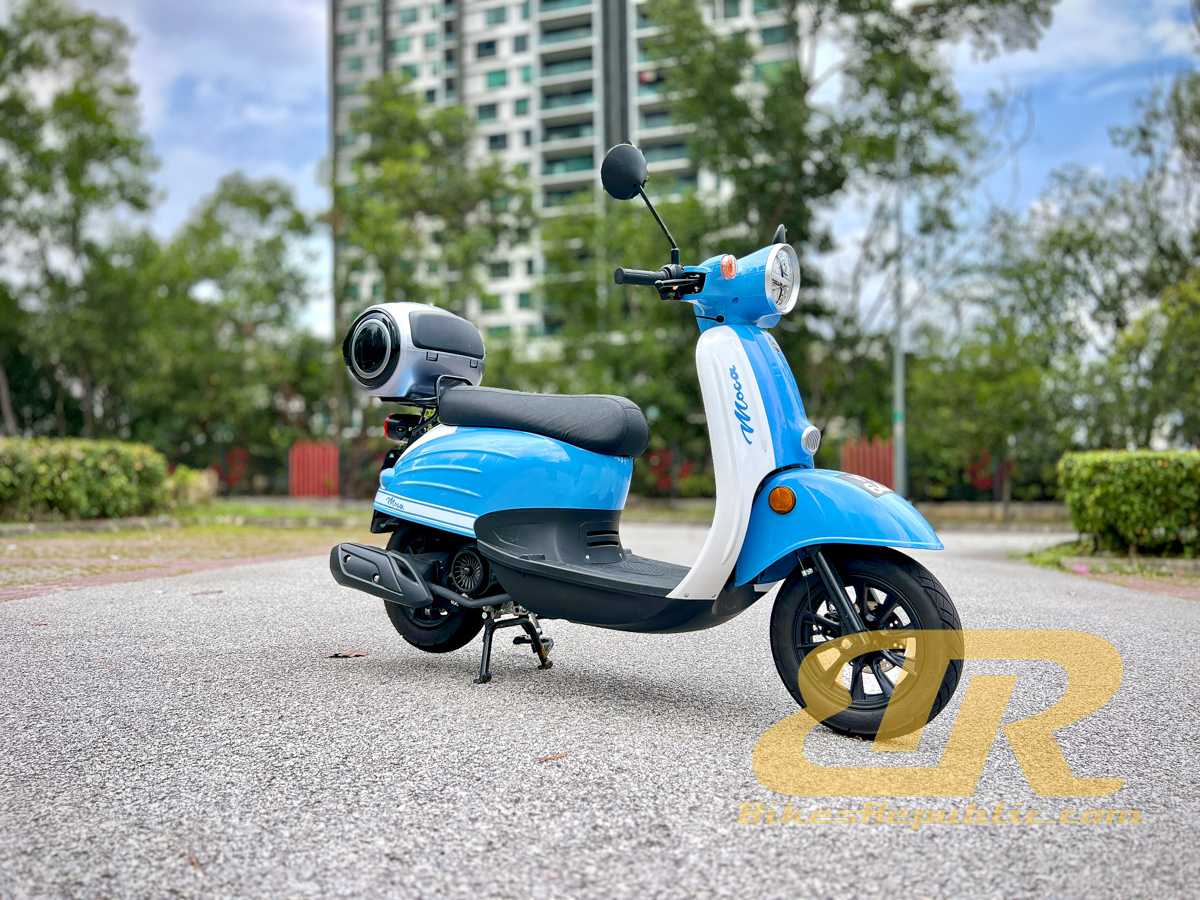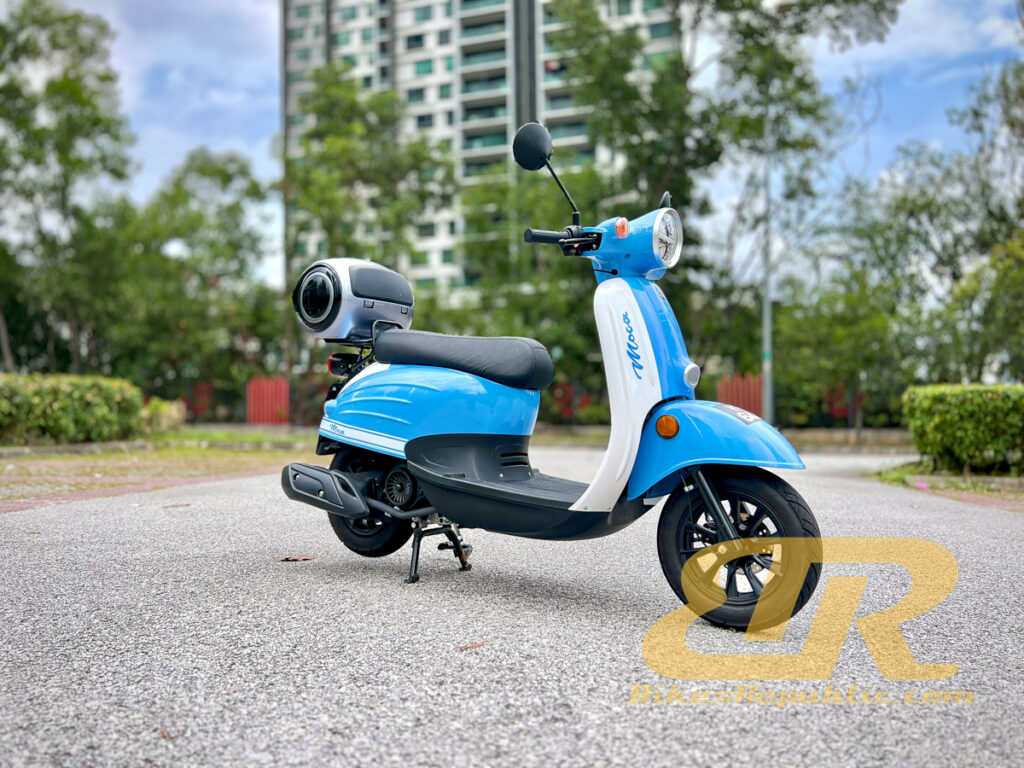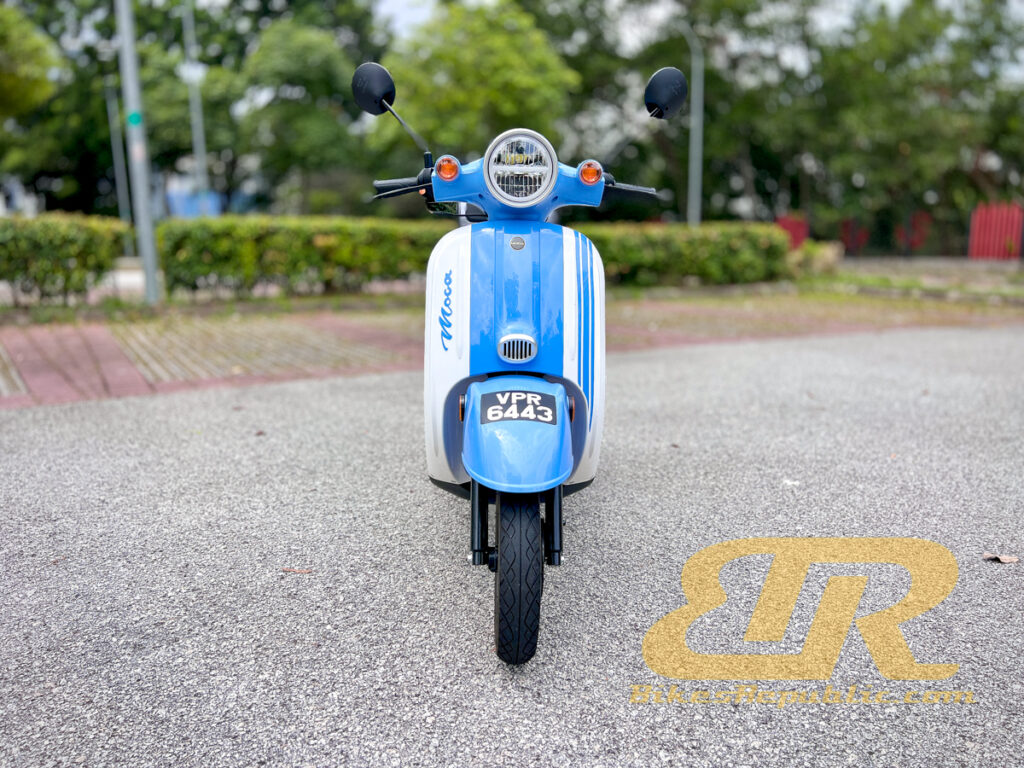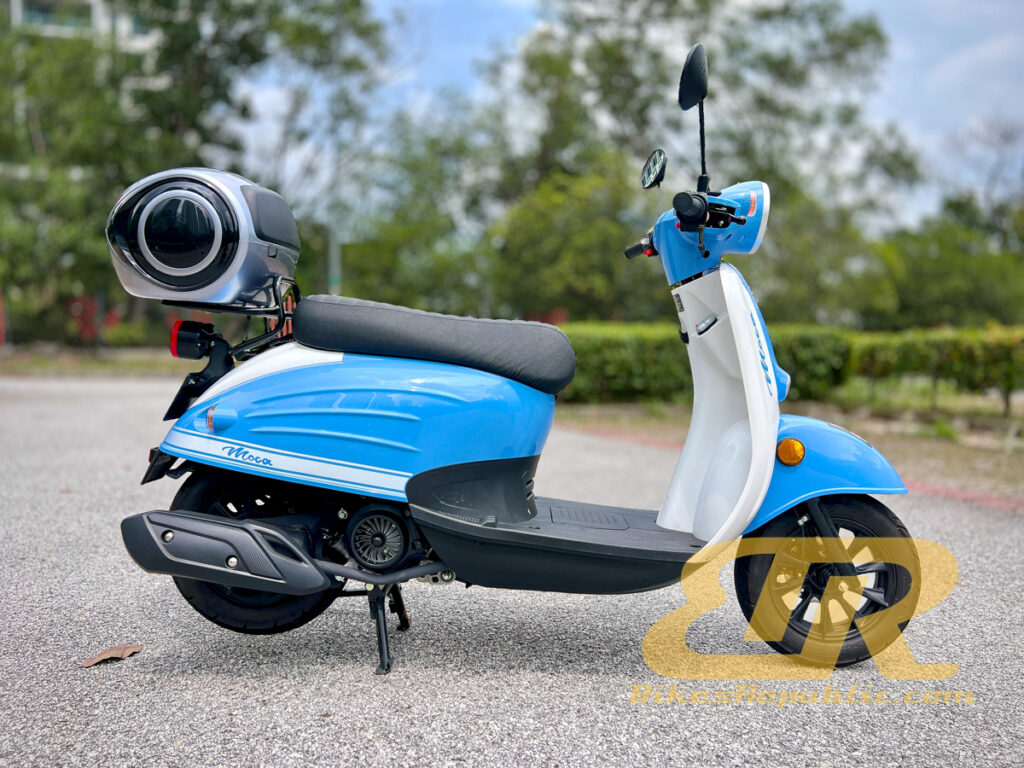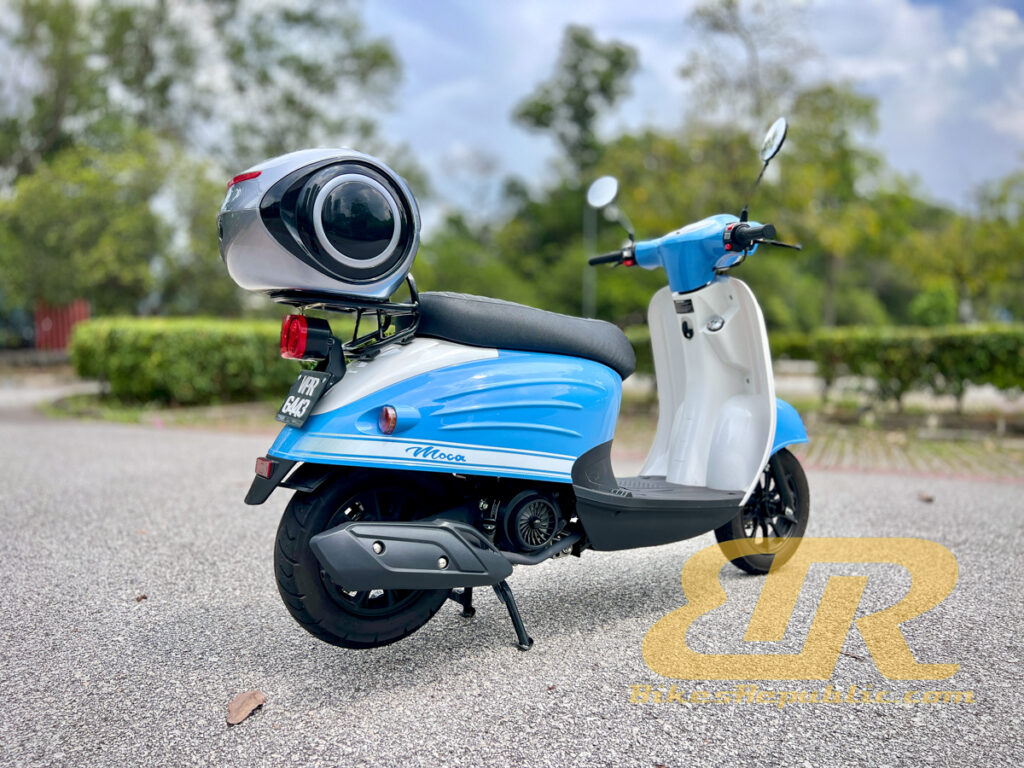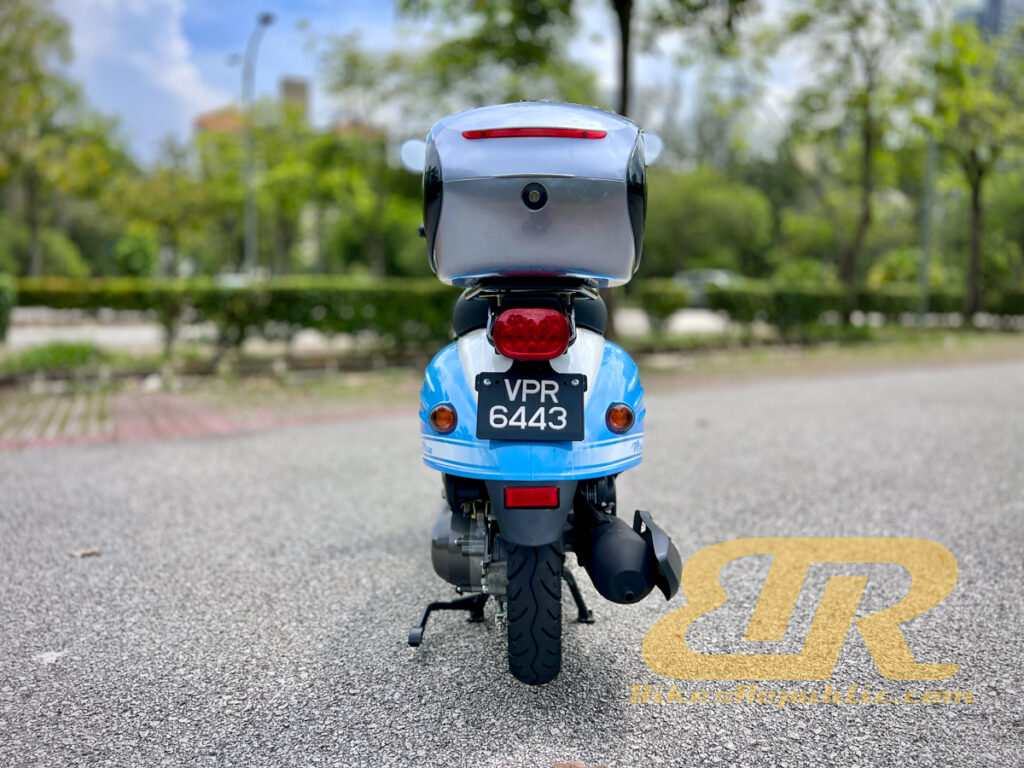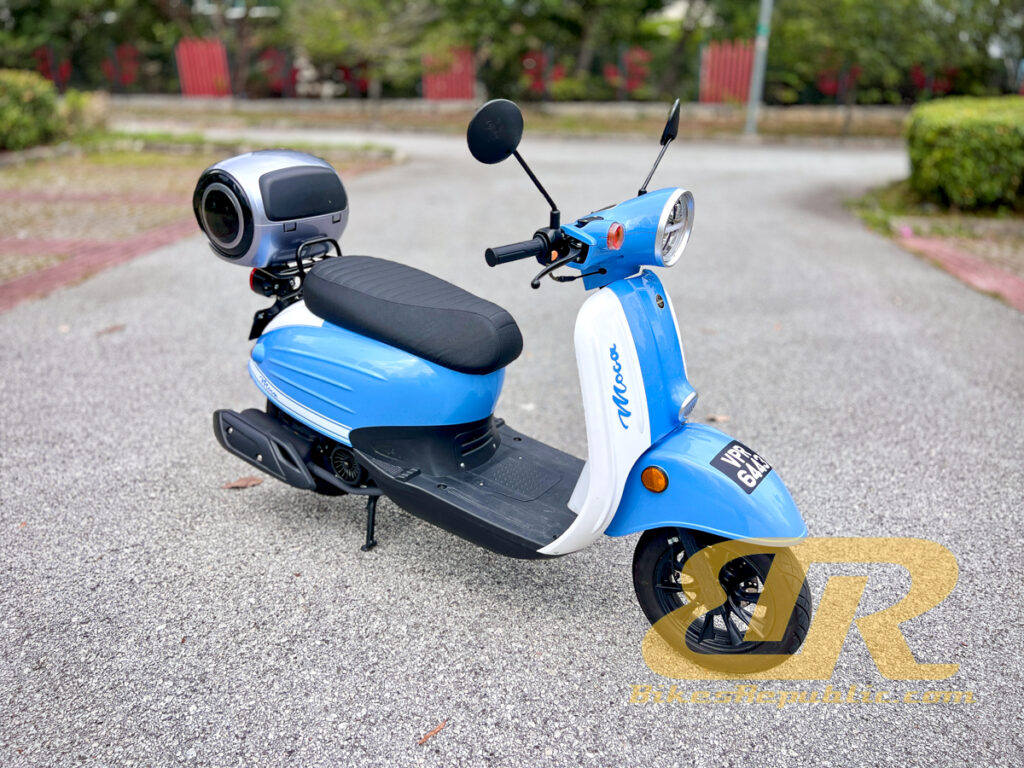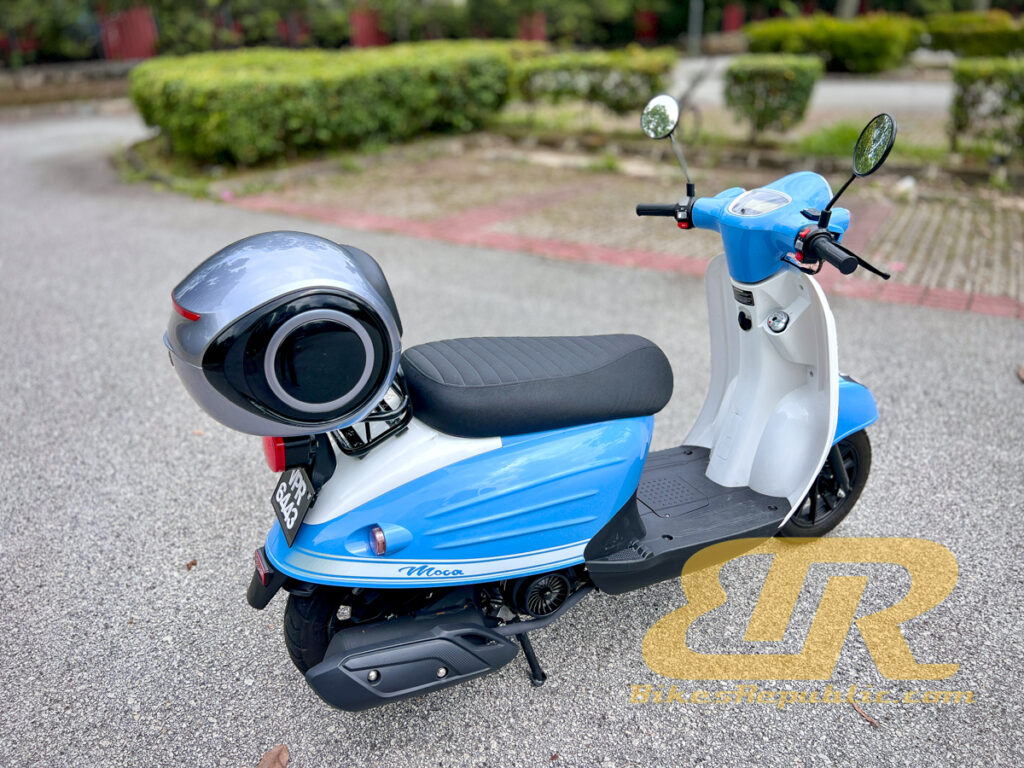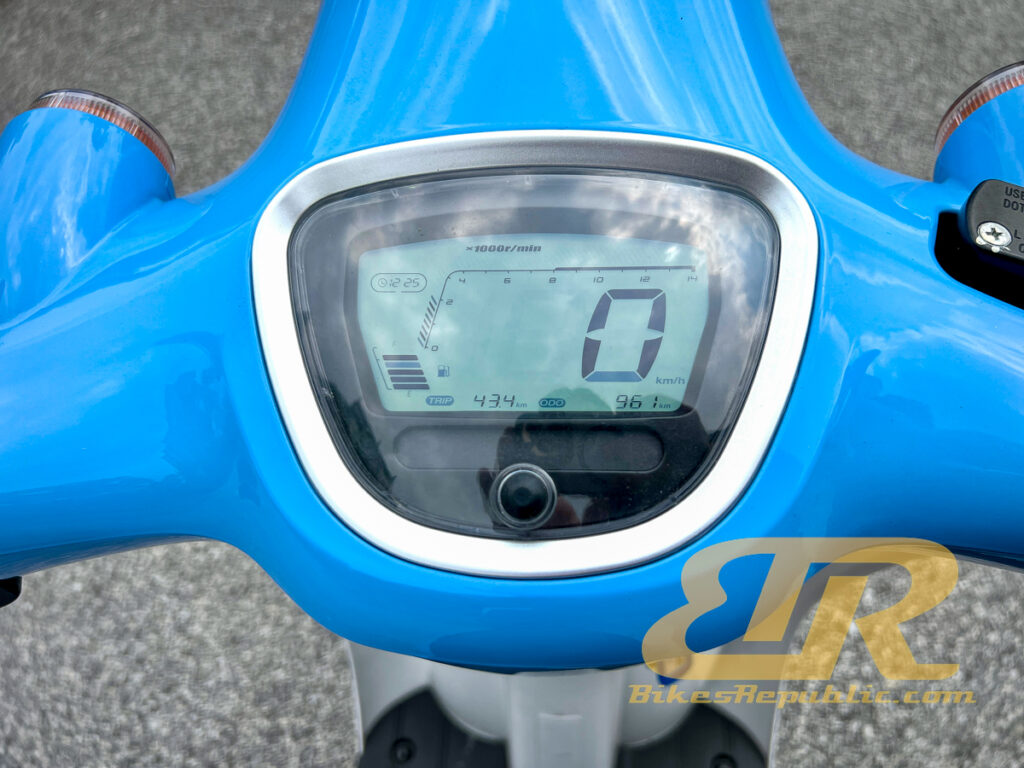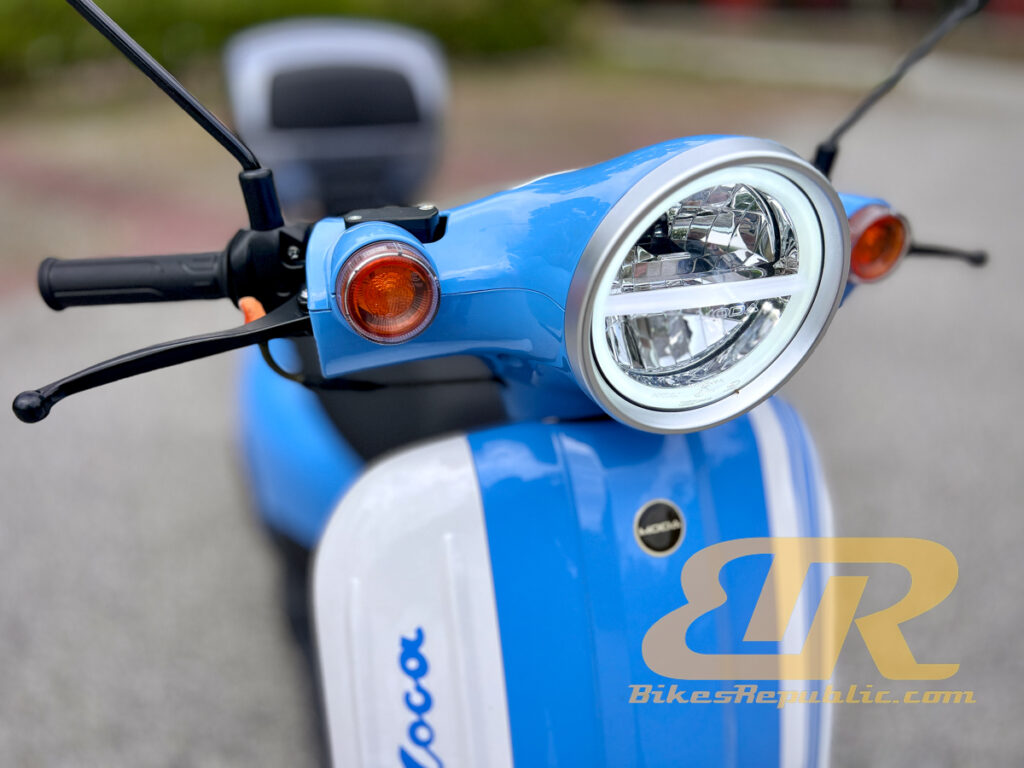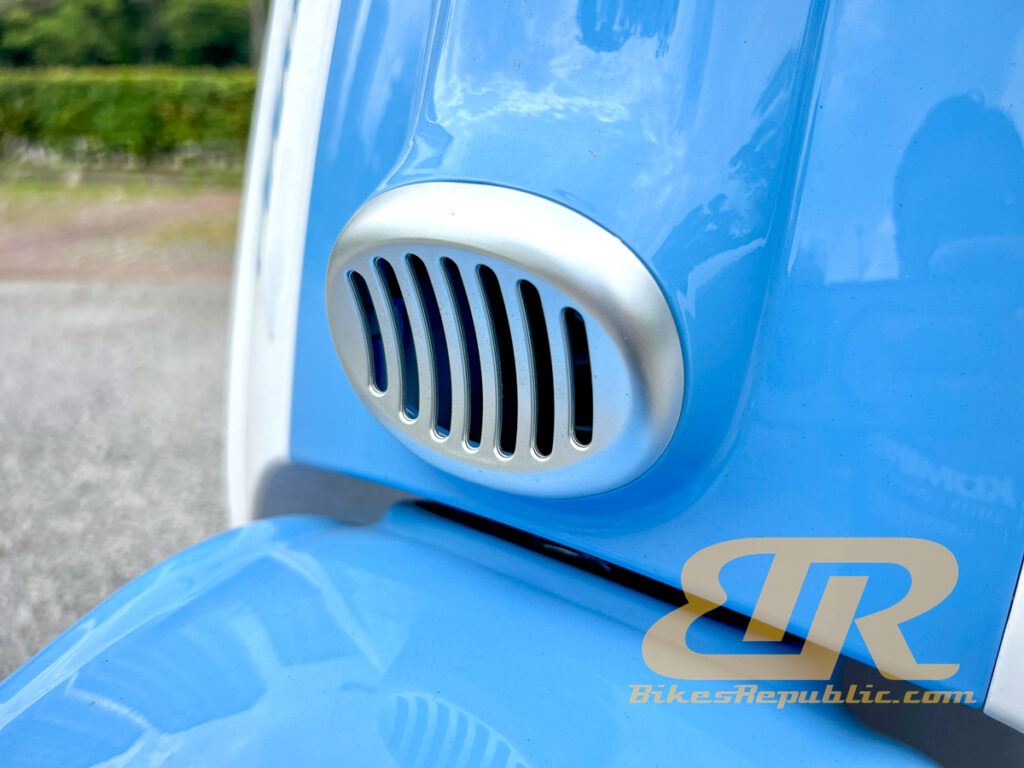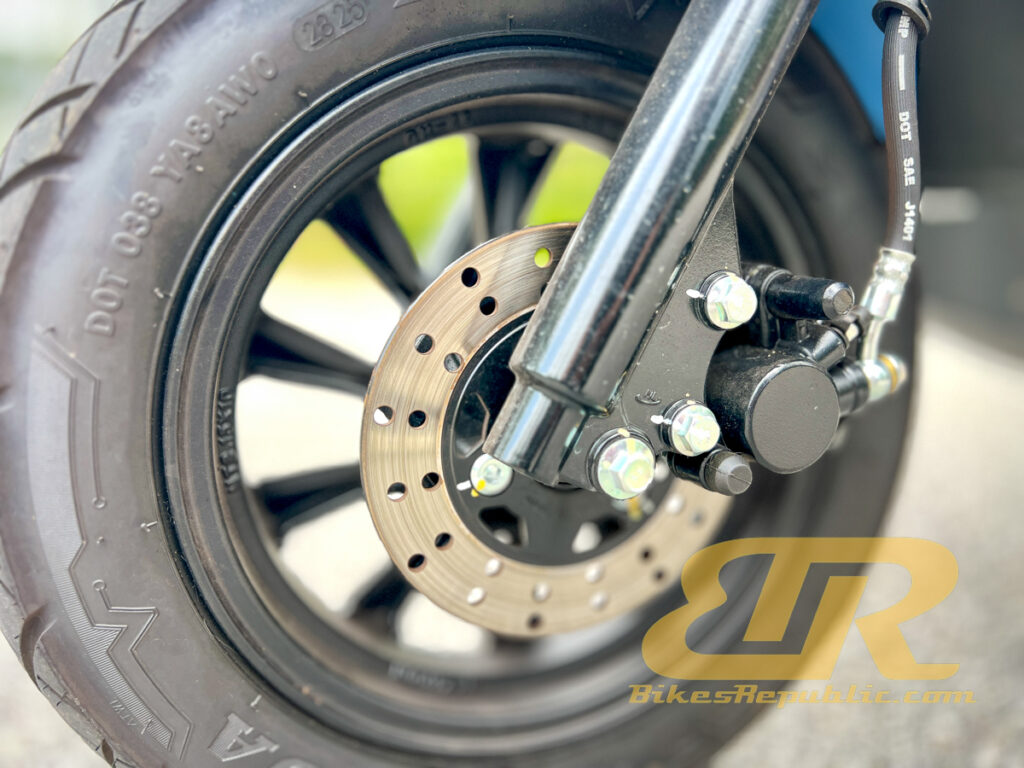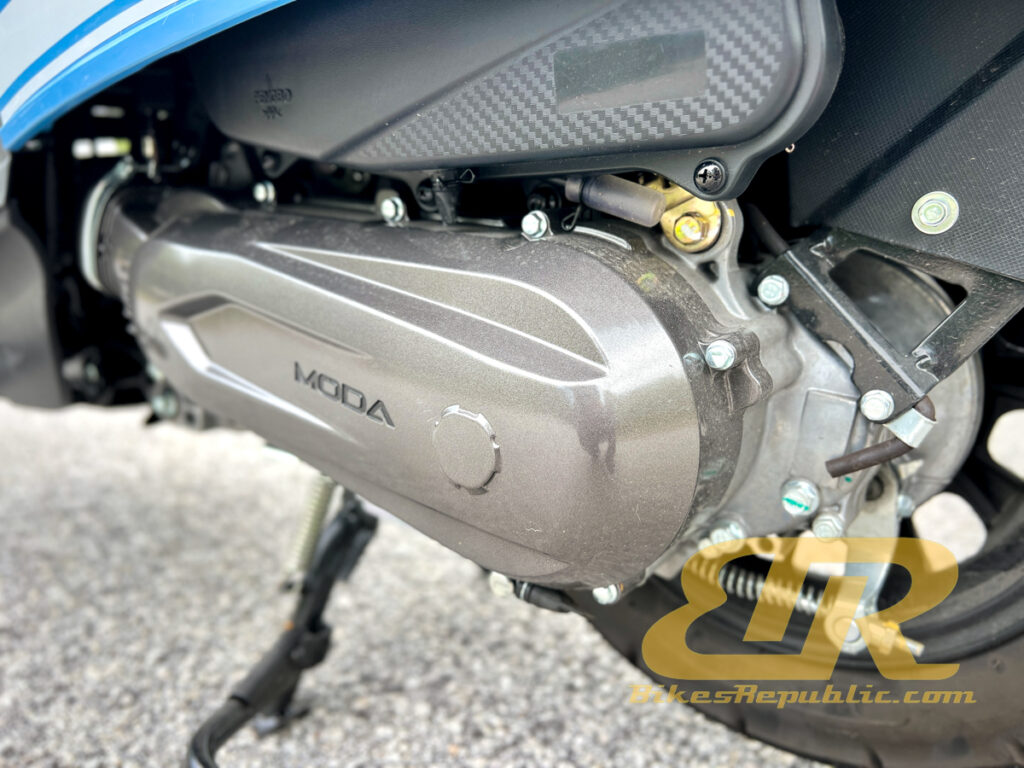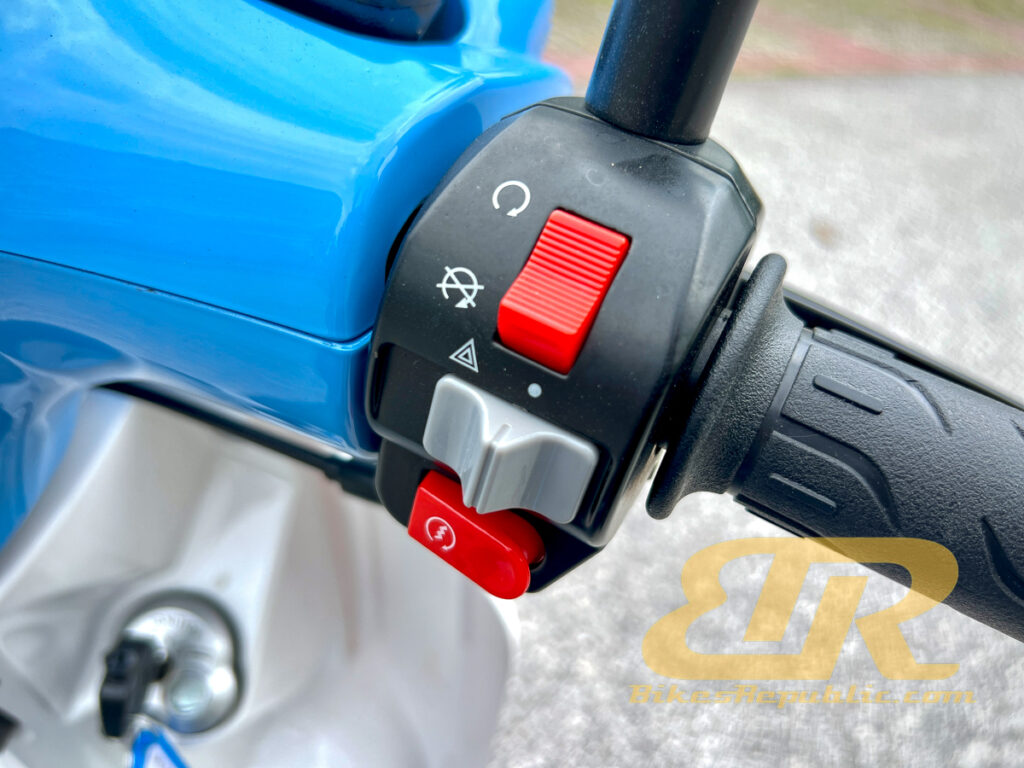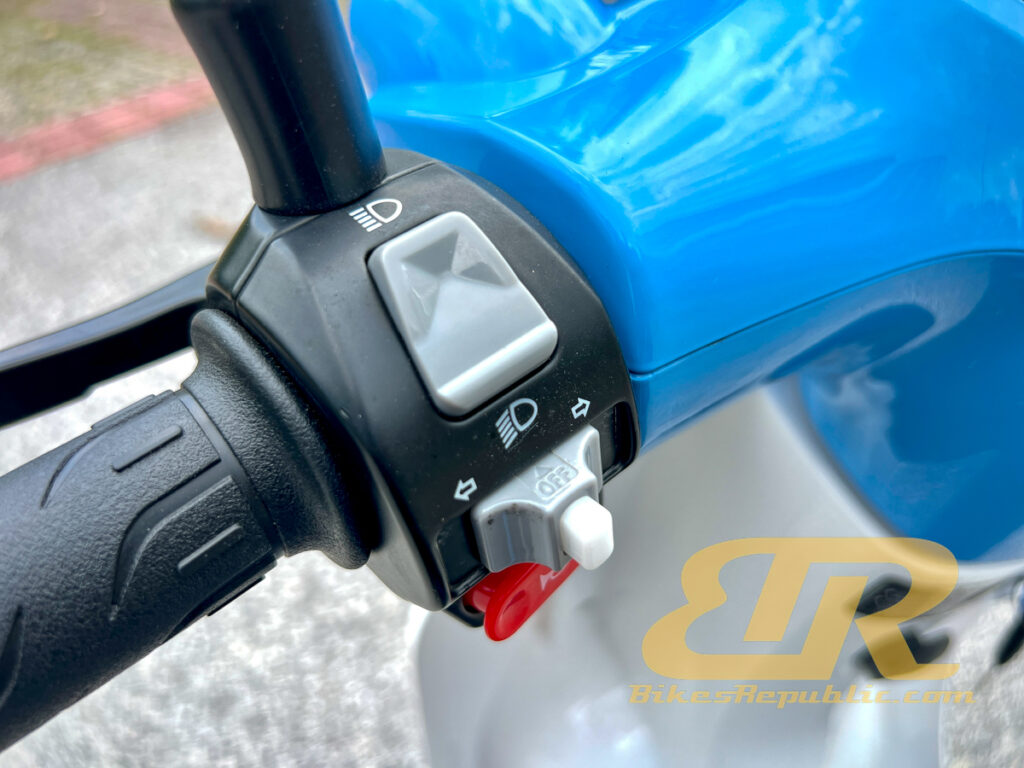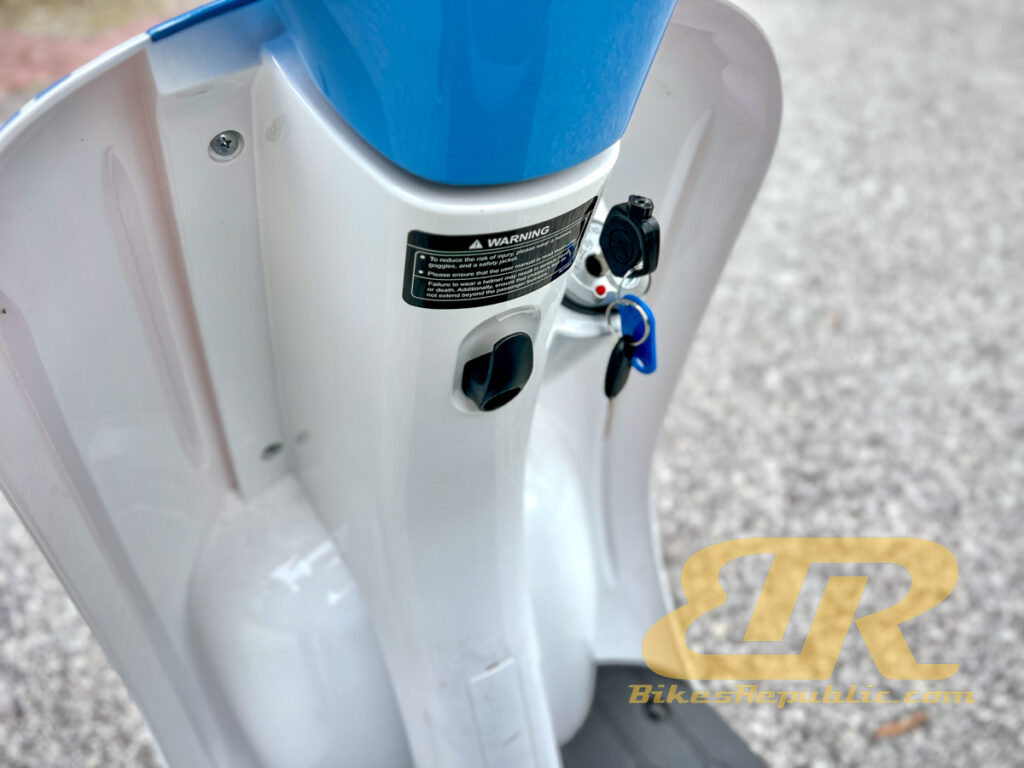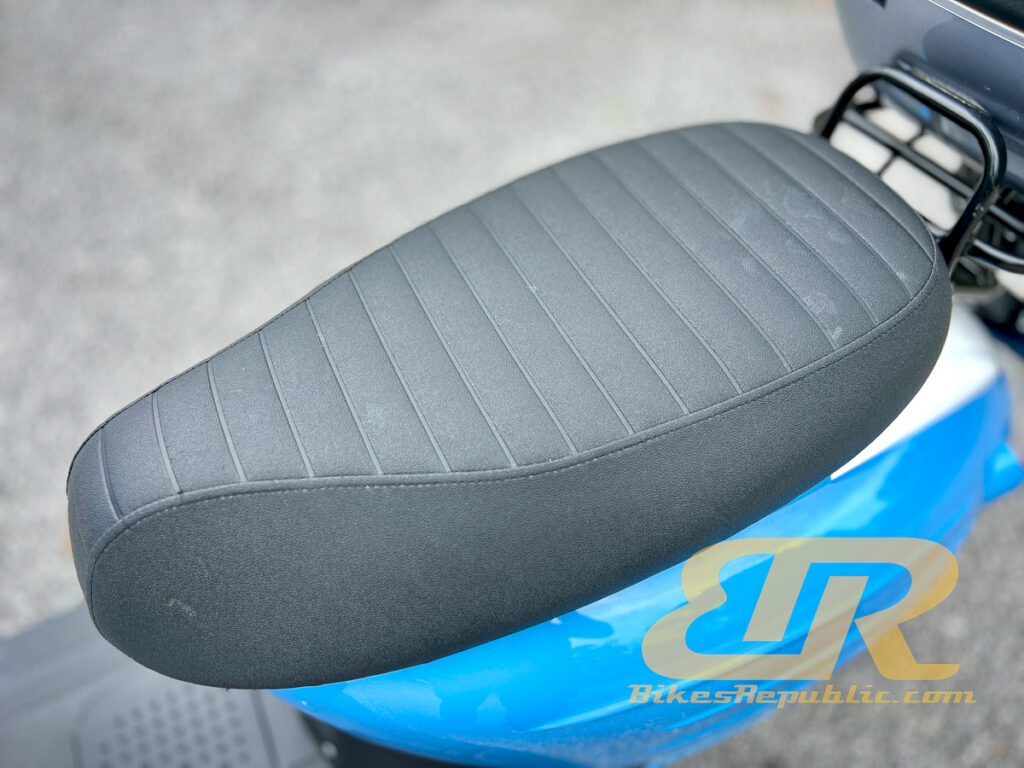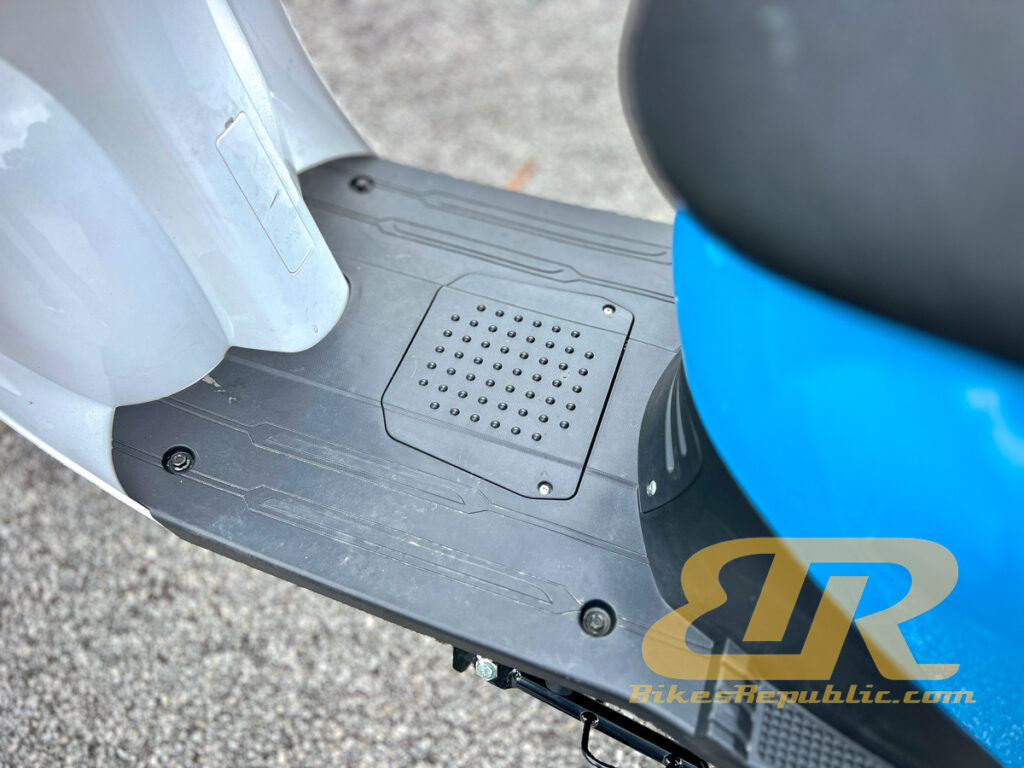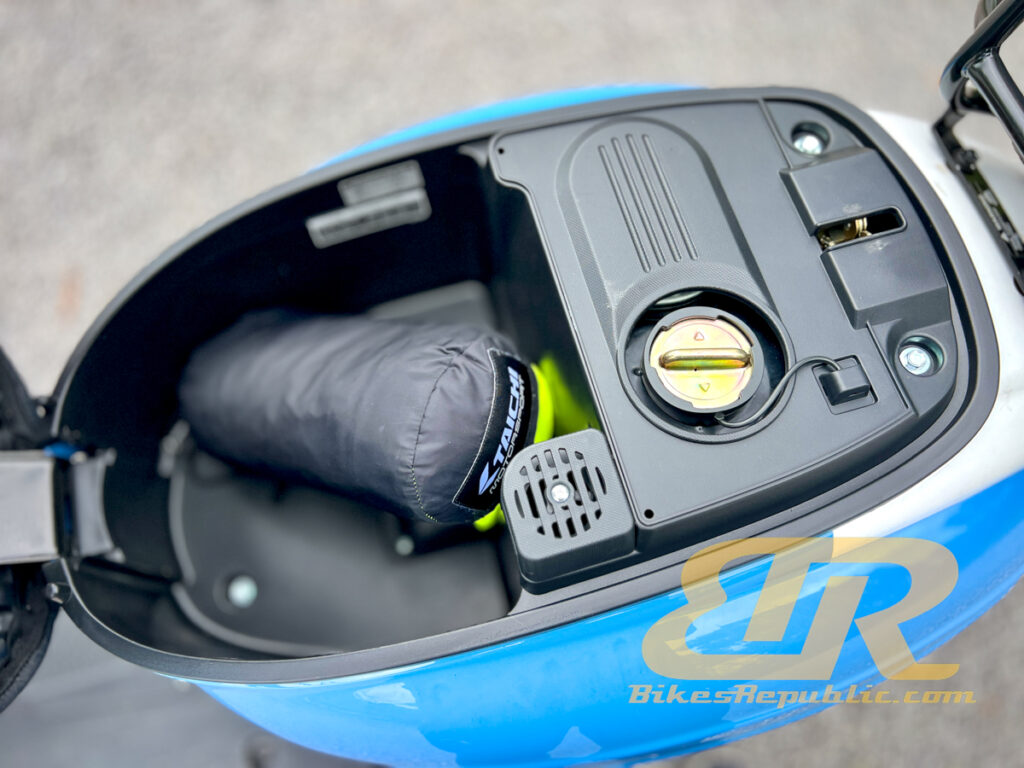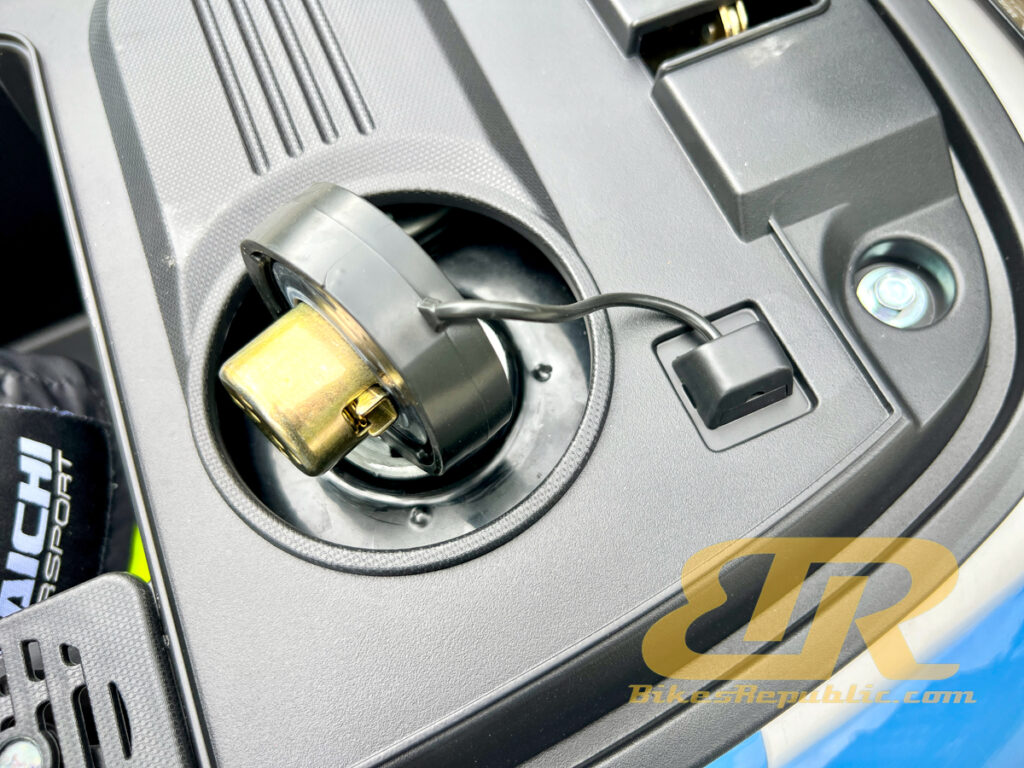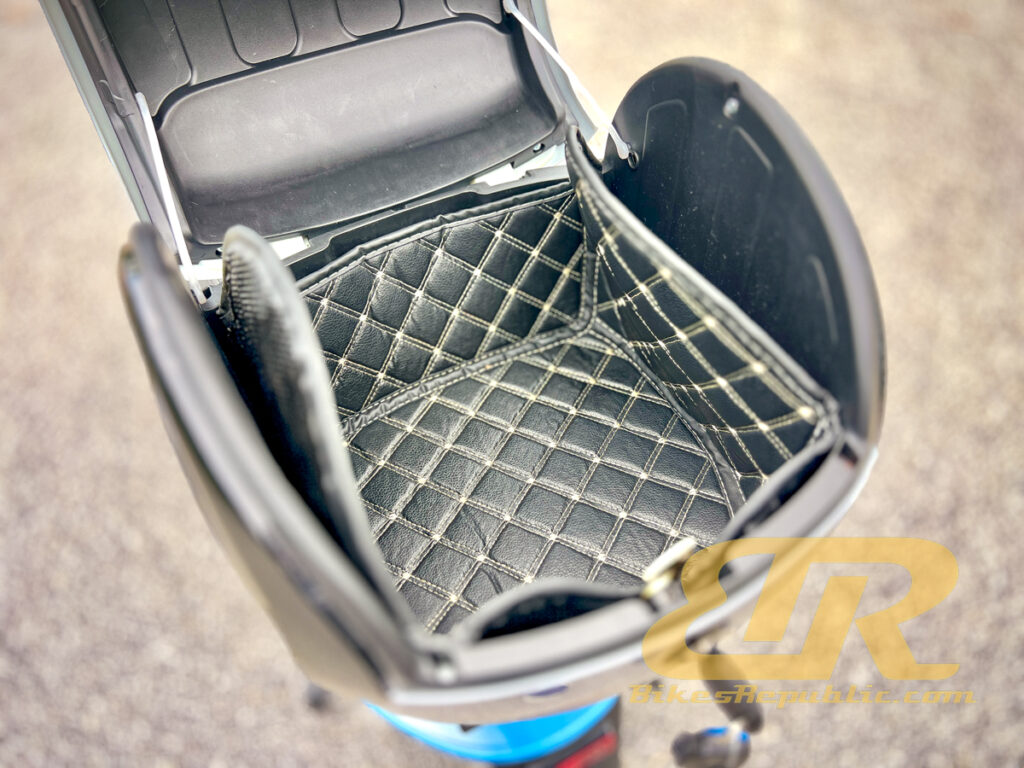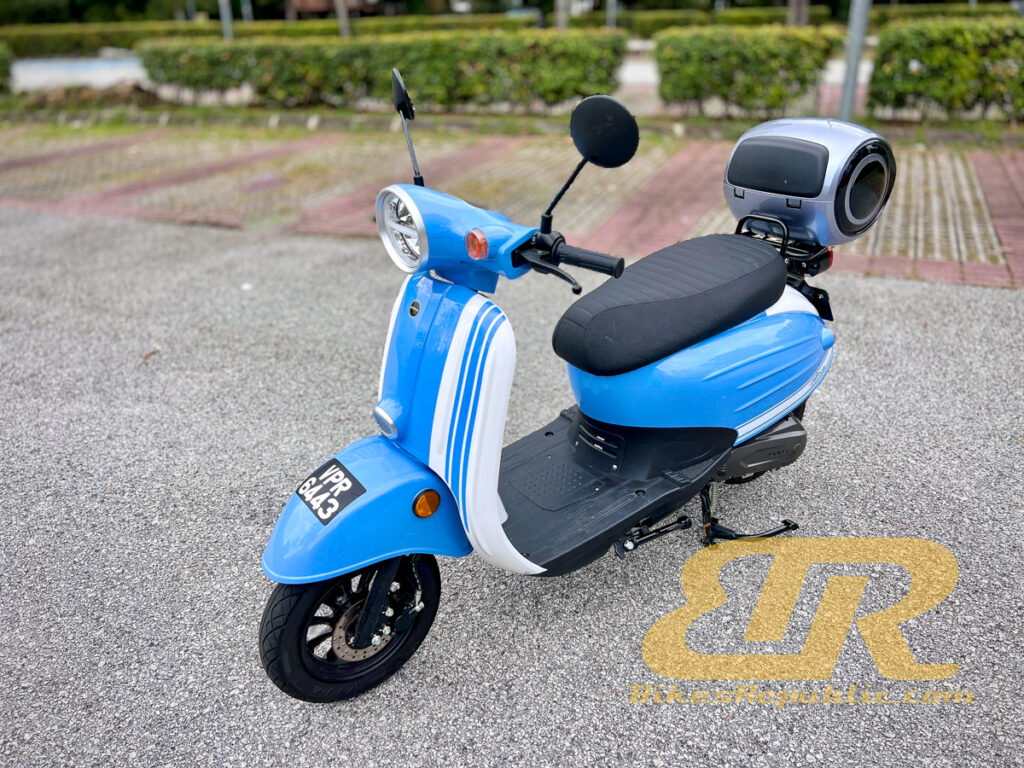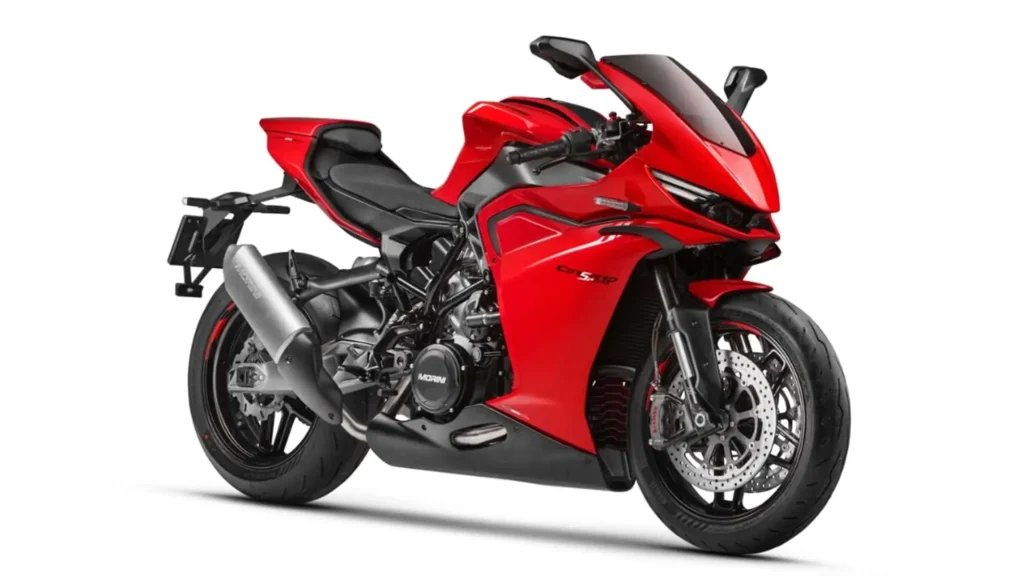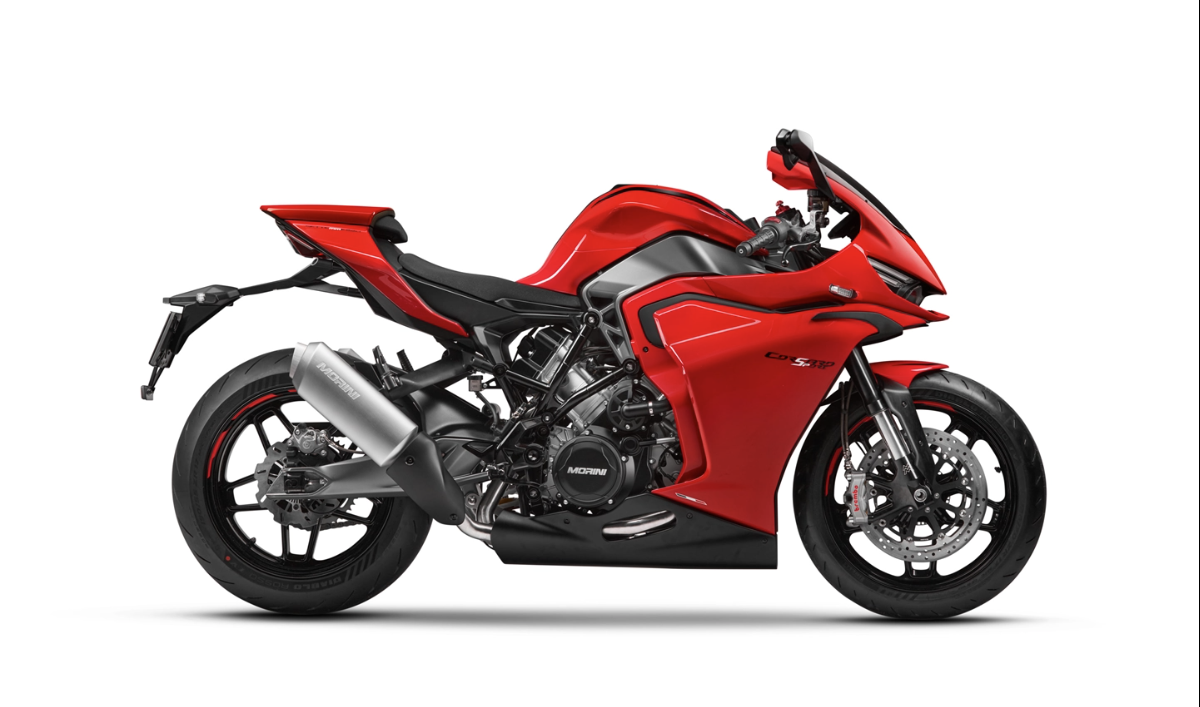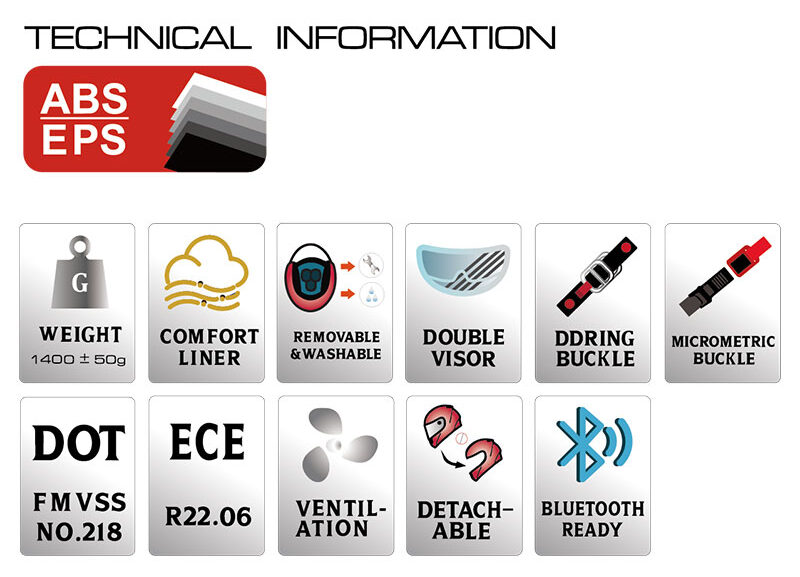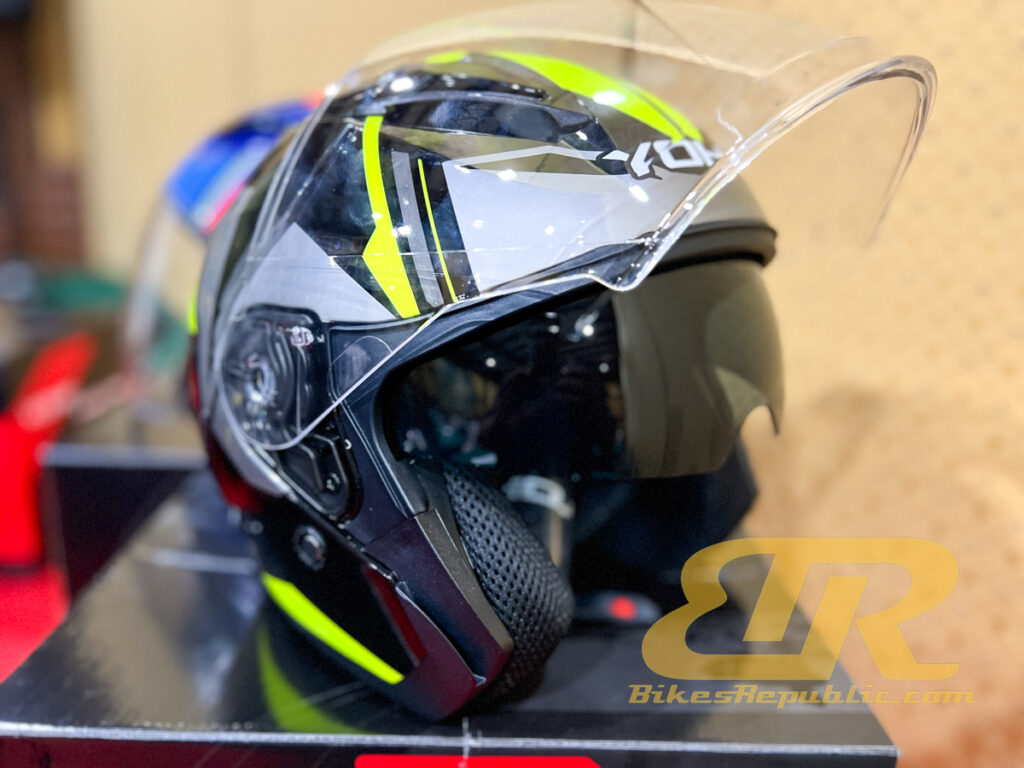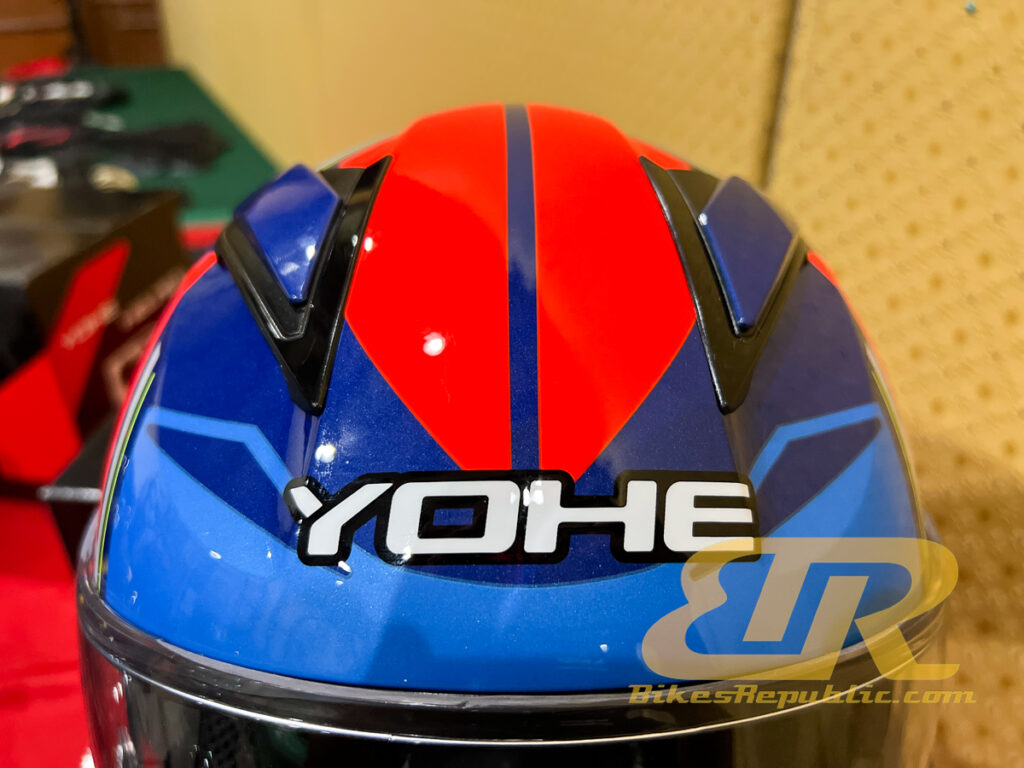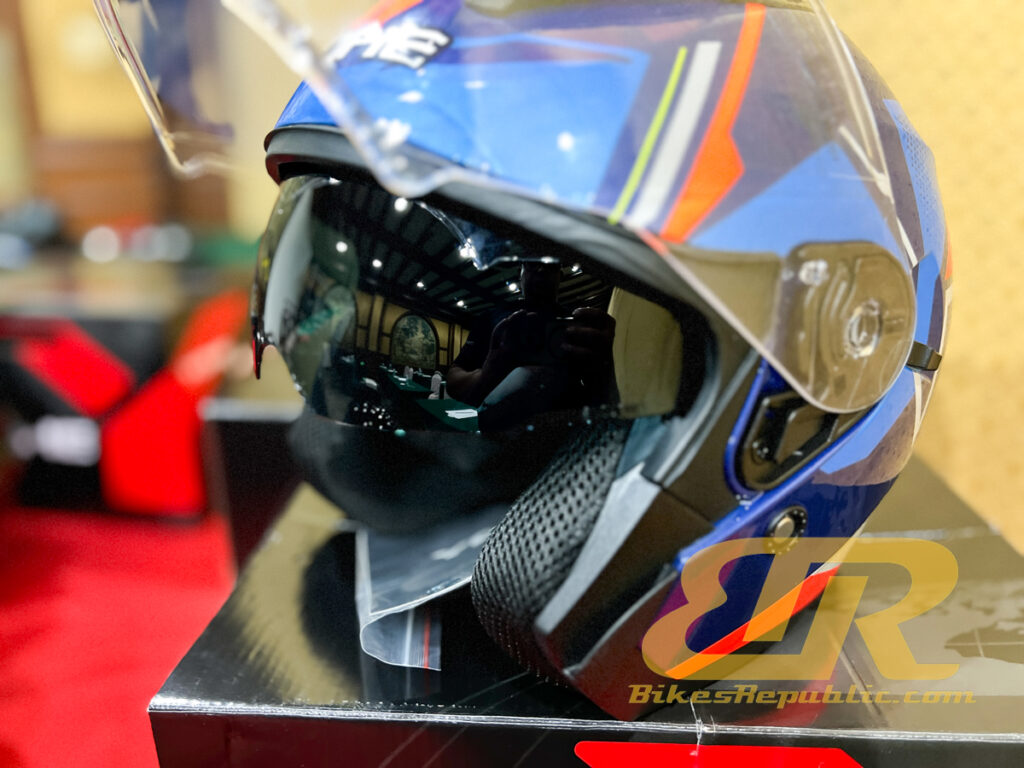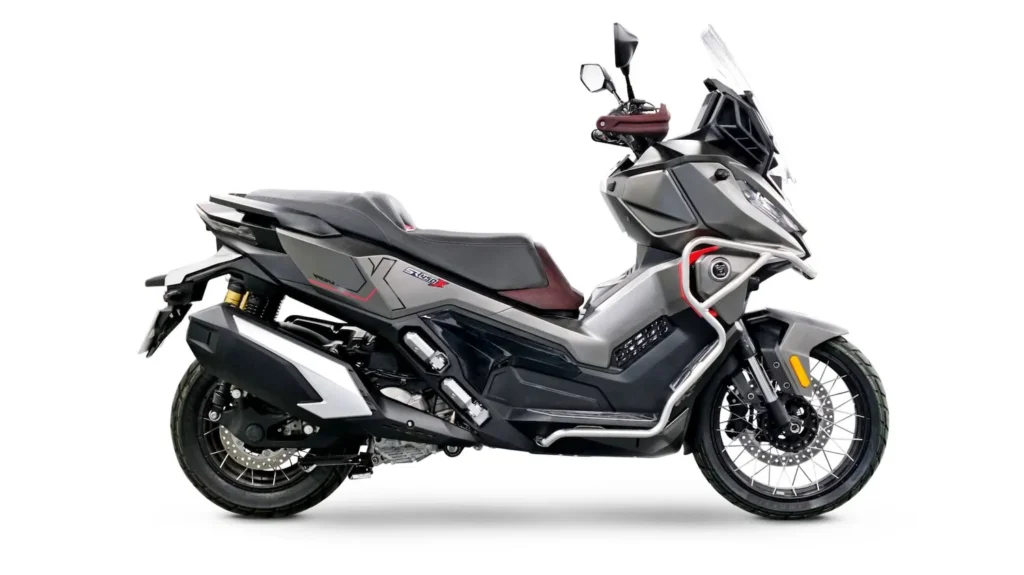The 2025 Yamaha XMAX 250 appeared with several minor updates but it still confirms one thing: It is still quick!
The XMAX 250 has held the title of the King of 250cc scooters since its debut in 2018. While it is true that it had no worthy competition at the time, it persisted as the best-seller in the class despite being challenged by others in the class later on, namely the Honda Forza 250.
But how times have changed.
The onslaught of Chinese scooters seems to have tilted the balance, somewhat. The Chinese makers’ collective strategy is: Stuff the bikes with tech, features, and sell them cheap. And sure enough there were biters. Honda has also updated their Forza 250 to become the excellent NSS250.
Still, the Yamaha XMAX 250 continued to sell and we needed to find out why.
What is the 2025 YAMAHA XMAX 250
There is only one version of the XMAX sold in Malaysia, the 250cc variant (hence the name). You can find the 125cc variant in Europe and other countries too.
It is a grand touring scooter, meant to run long distances at speed while coddling the rider with the necessary comforts. Being such a scooter also means large storage spaces, large fuel tank, big windscreen, and protective bodywork.
Highlights
- 249.8cc, single cylinder, liquid-cooled, 4-stroke, SOHC, 4-valve engine.
- It produces 22.5 hp (16.8 kW) @ 7,000 RPM and 24.3 Nm @ 5,500 RPM.
- The engine’s power goes to the back wheel via a V-belt.
- The front suspension uses telescopic forks, while the rear is supported by twin shocks mounted to a unit swing arm.
- A unit swing arm means the engine and “swing arm” are incorporated as one.
- The brakes are a single disc in front and another at the back, supported by ABS.
- Seat height is 805 mm.
- Wet weight is listed as 183 kg.
- As with Yamaha’s tradition in equipping their bikes with multiple screens, the XMAX 250 similarly has a 4.2″ TFT main screen and a 3.2″ LCD secondary screen.
- The Yamaha XMAX 250 was the first scooter to be equipped with traction control (TCS) in Malaysia upon its debut, hence the system is present here, but “remapped” according to Yamaha.
- The bike now has an electrically adjustable windscreen.
- There are also a whole host of new buttons on the left handlebar.
- The brake lights has the Emergency Stop Light function which blinks both rear signal lights as hazard during emergency braking.
Pre-ride
First order of business is to set up the Yamaha Y-Connect function with the phone. To do so, we first download the phone app, and pair it to the TFT screen. From here, we can change songs, make or receive phone calls, call up the weather forecast, see the countdown to the next maintenance and v-belt change, and set the windscreen’s height.
Wait, you have to change the screen’s height through the TFT? Yes. We shall talk about this later.
So, with that out of the way, it is time to go. The engine fires up quickly to that single piston staccato, but muted and barely perceptible. The exhaust is a lot quieter this time.
Seat height may be listed at 805 mm, but it is not easy for my short legs find the ground. The seat’s sides spread out to accommodate the wide side panels underneath which in turn cover the cavernous underseat storage space. Contributing to that is the wide footboards too. So I had to move one cheek off the seat to flat foot on one side, while the other foot hangs in the air like on a dirt-bike.
We are not complaining but it is just an observation and hopefully it serves as a guide on how to ride motorcycles with tall seat heights. It was not difficult, anyway, as 183 kg is just like a modern superbike.
Riding the 2025 Yamaha XMAX 250
Twist the throttle and that is when the fun begins.
The bike charges of the line almost without hesitation and keeps pulling hard until it hits its top speed. There is no step along the way, nor does it launch slow before charging hard. That is a sign of lighter roller weights. Shutting the throttle a little abruptly, the engine’s back torque grabs quickly, which further confirms our take about the weights. It is similar to if your manual transmission motorcycle has a lighter flywheel. There is less inertia to overcome thus the engine revs up quickly, and decelerate quickly.
Conversely, a scooter with heavier roller weights accelerates slower (more inertia to overcome), but decelerates slower – as in it keeps rolling when the throttle is shut (more inertia is retained).
This character reminds us of why we loved the XMAX 250 in the first place. It is very sporty and aggressive trait which has won the hearts and minds of many of the younger motorcyclists other there.
Thankfully, Yamaha equips the bike with superb brakes, especially that rear whose disc is almost a large as that of the front. Grab that and the bike slows so hard to almost slide our backside off the seat. And also thankfully, the seat’s cover is grippy!
Talking about the seat, it has good cushioning for both the rider and passenger which helps to absorb some bump energy.
We looked forward to experiencing the bike’s handling which the made a great impression with the debut version. But it was a little different this time.
The 2025 bike feels much more eager to turn into slower and tighter corners, manoeuvre through tight spaces. A little flick at the shoulders or hip is enough to make it go left or right. That is fine and dandy until…
Here comes that fast left after the Sungai Buloh toll plaza. We let the XMAX hang on the right side of the corner for just a split second more before turning it into the apex. The handlebar starts to flick from side to side, while the rear suspension starts to pump up and down in a chopping motion.
We do not recall the Version 1 to do this. The XMAX 250, when first introduced, was the most rock steady scooter around any corner. It did not waggle its front like most scooters, nor did it exhibit an unstable rear behaviour in fast corners.
Checking the tyre pressures reveals them to be at the specified reading.
Did Yamaha change something or somewhere? We do not know. Still, in the interest of safety, the new bike likes a smoother and slower corner entry, which is a good thing since it is a scooter and not a motorcycle, after all.
The daily commute
The daily grind of waking up, meeting traffic before clocking in to work is a lot more fun with this bike around. It is because traffic cannot check it as it is still able to squeeze through traffic with ease, plus that strong acceleration which lets you overtake other vehicles at the twist of the wrist. Even some 250cc scooters are no match for the XMAX 250’s acceleration and light handling.
That underseat space swallows a jet type helmet and backpack with a 15″ laptop easily and still leaves plenty of room. There is no need for a top case unless you really cannot live without one.
The only thing that bothered us was the windscreen’s command being buried in the TFT’s display menu. Bringing the screen up higher reduces air turbulence hence noise at highway speeds, while lowering it allows for better airflow and visibility at lower speeds. However, you need to scroll through the menu which includes music streaming, telephony, and other commands to arrive at the windscreen command.
Doing so requires you to look down at the screen. Leaving it in the windscreen submenu means you cannot change songs or command it to do other tasks. Staying in the music playback submenu means you cannot control the screen and need to exit it to look for the screen command. Doing this when idle at traffic lights is alright, but we know most riders will do it while the scooter is moving. We hope Yamaha will separate the screen command from the list of menus.
In the end, we just left it in the windscreen command submenu, while changing songs and accepting calls by pressing the buttons on our Bluetooth communicator.
Closing
The 2025 Yamaha XMAX 250 proves that it is still a nice motorcycle to ride given its sporty behaviour, wrapped up in a package with lots of comfort and convenience.
The sticking point is of course, its price of RM24,888 (net selling price, not on-the-road), a fact that we do not want to hide from. But let us look at it from the perspective of owning a more premium piece of machinery. And the 2025 XMAX 250 does look that part especially in this Icon Red livery.
Go for it.

